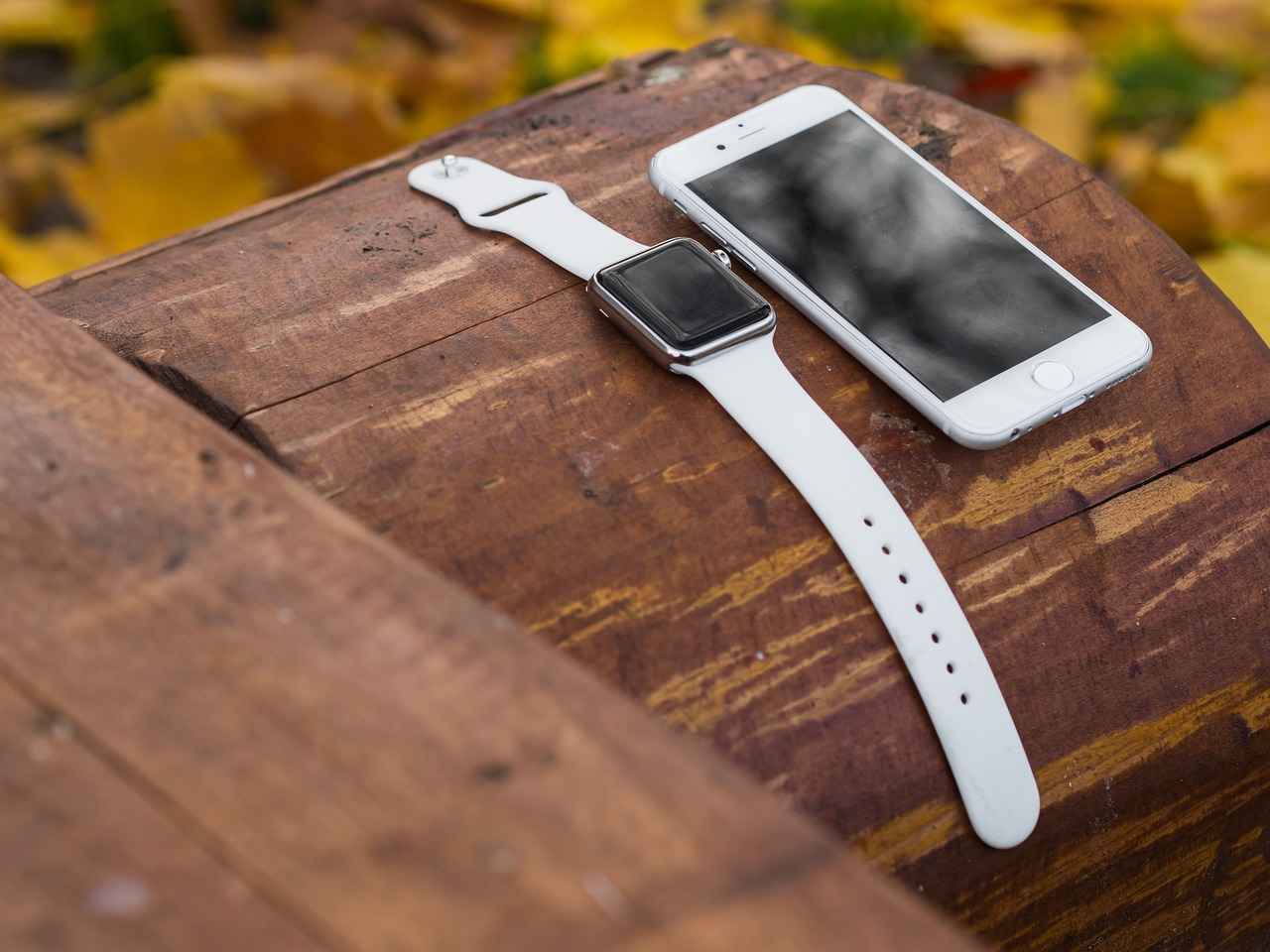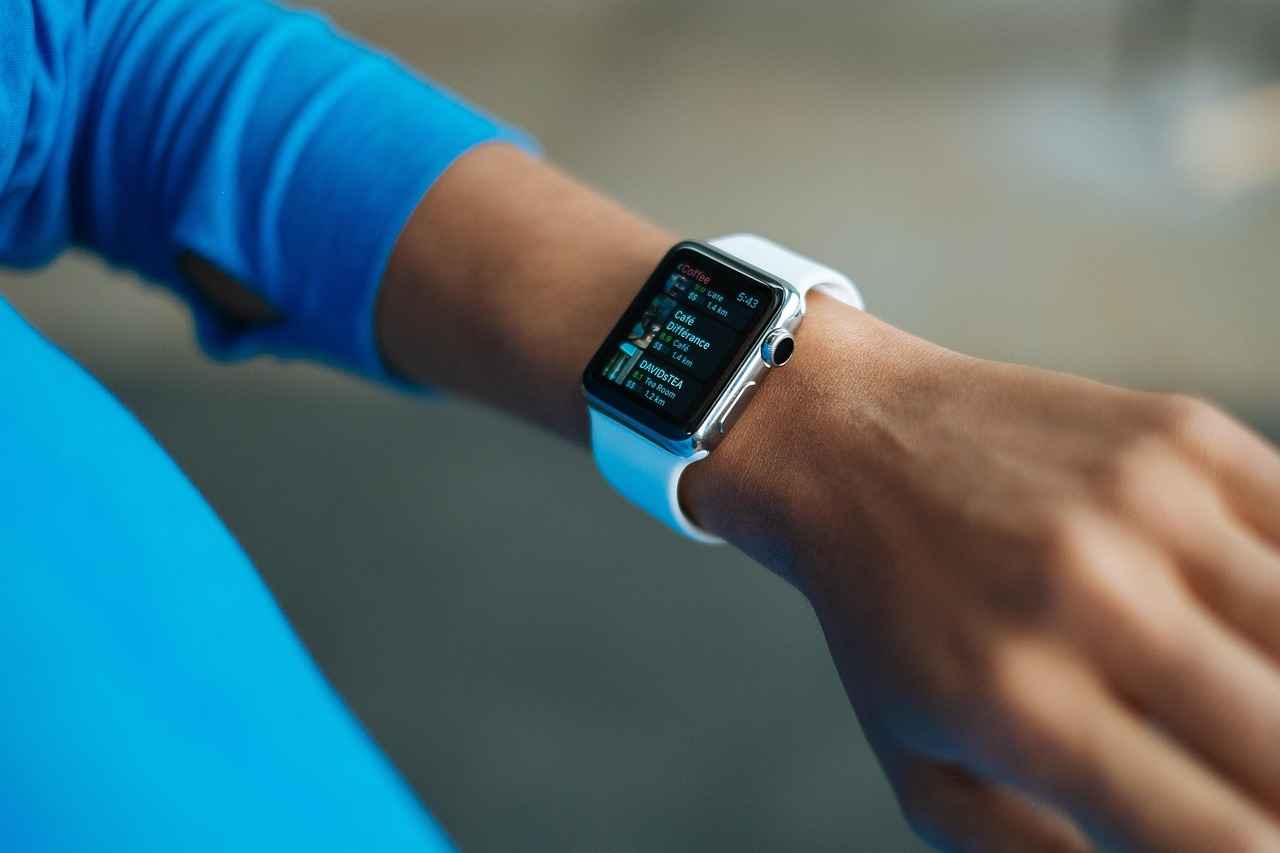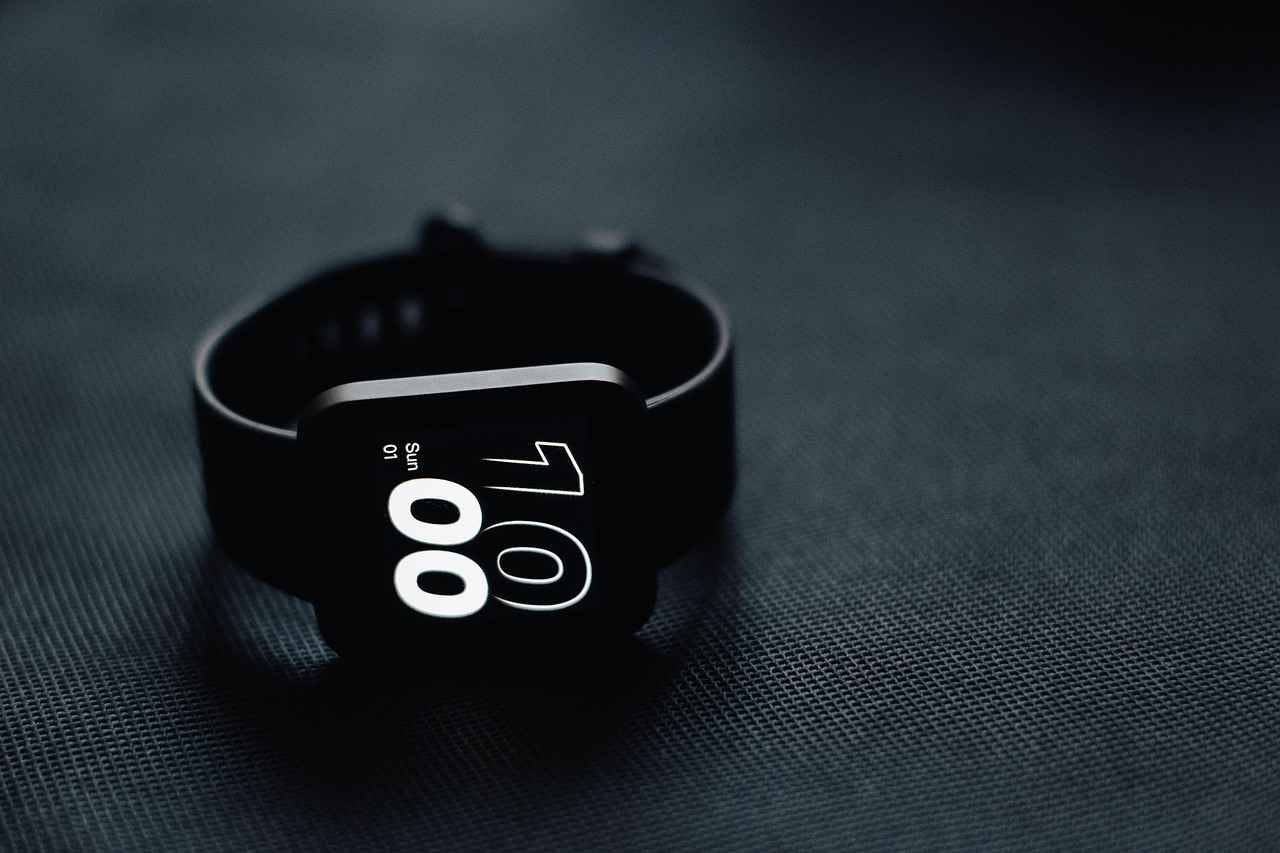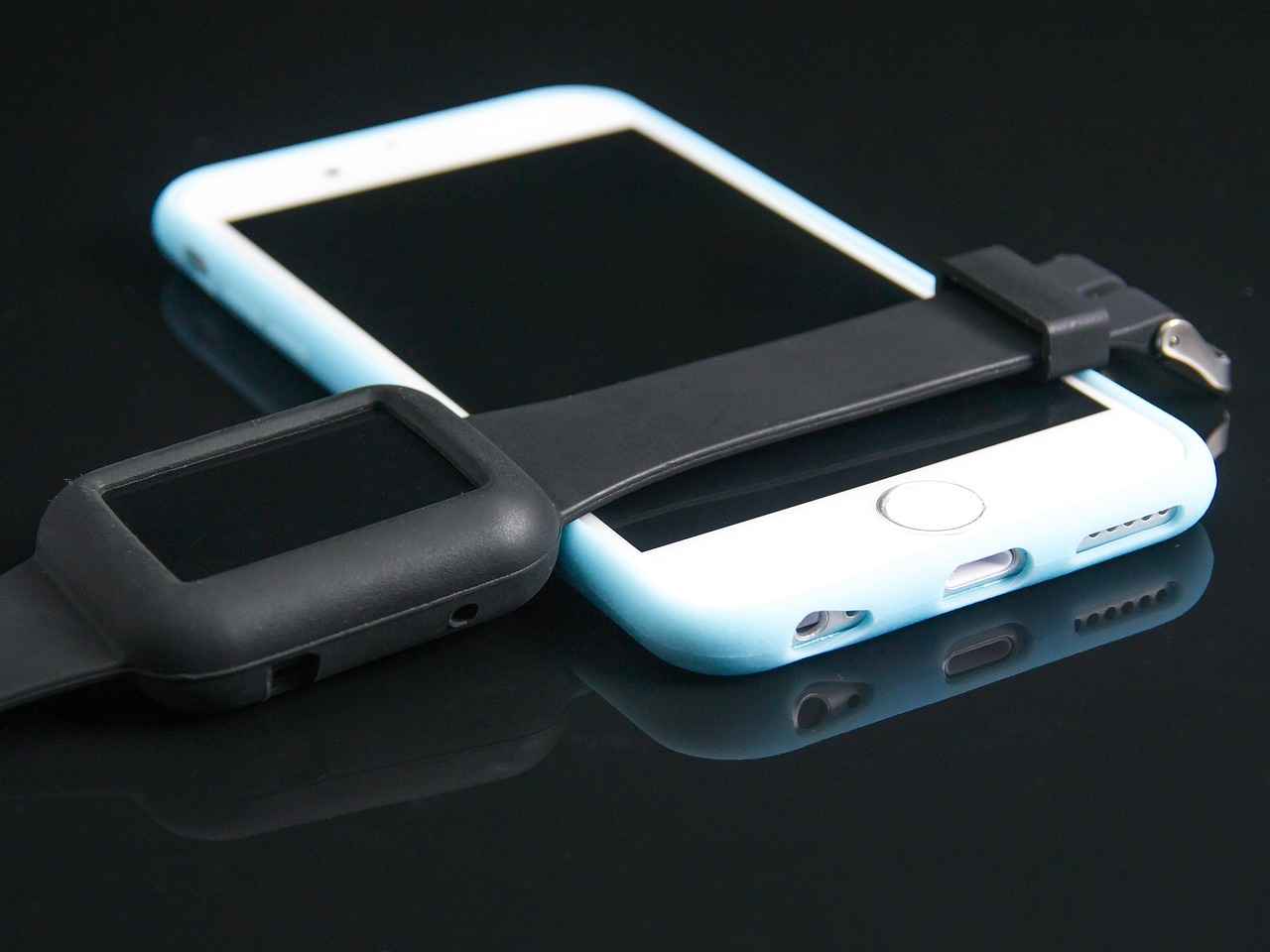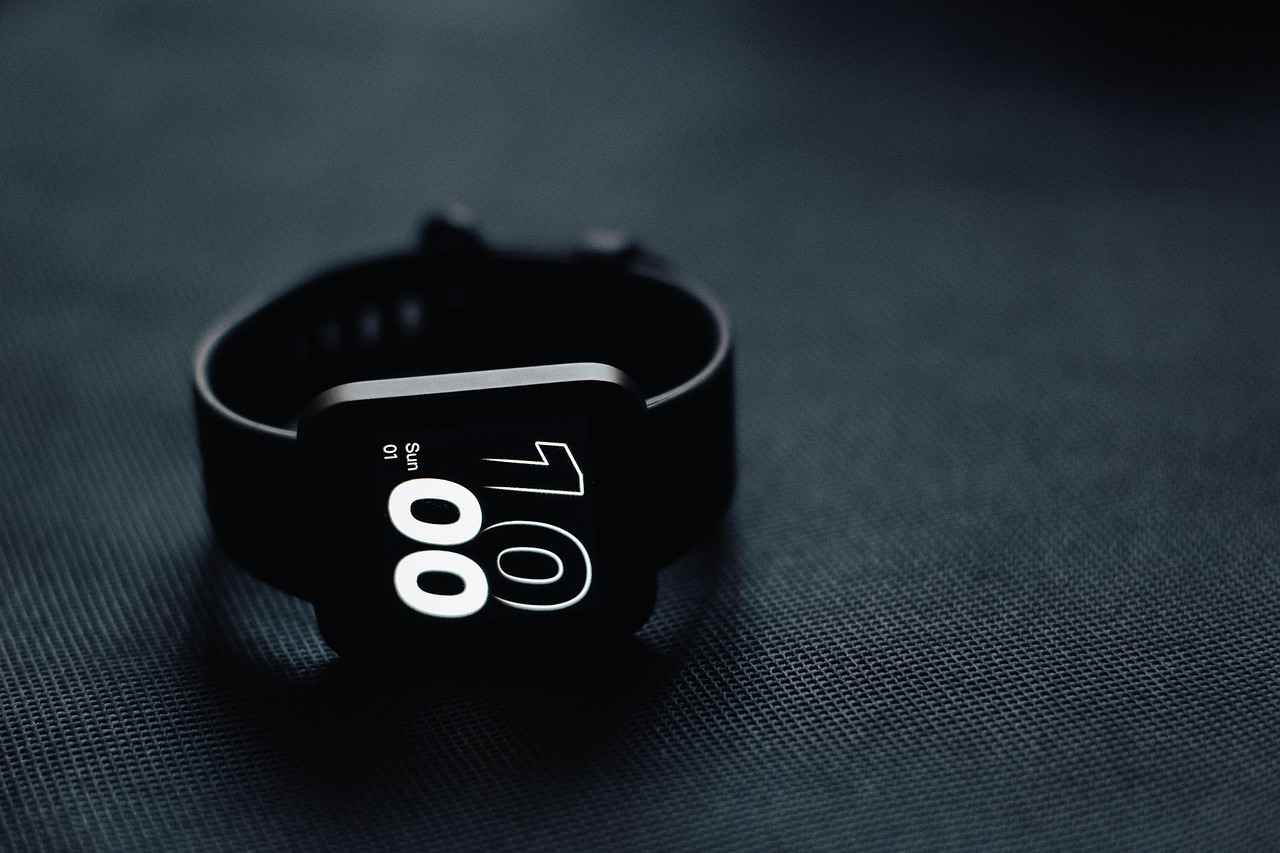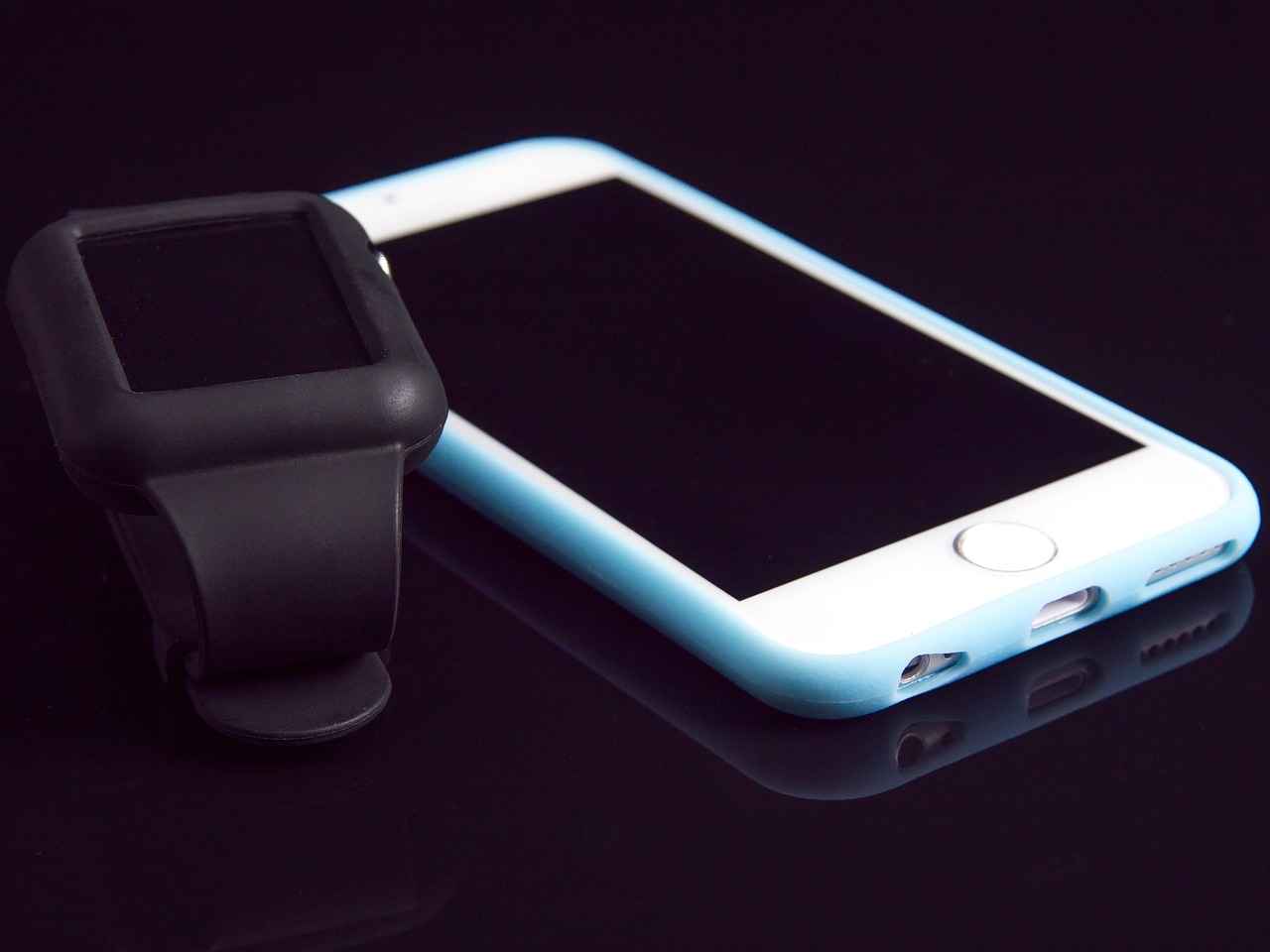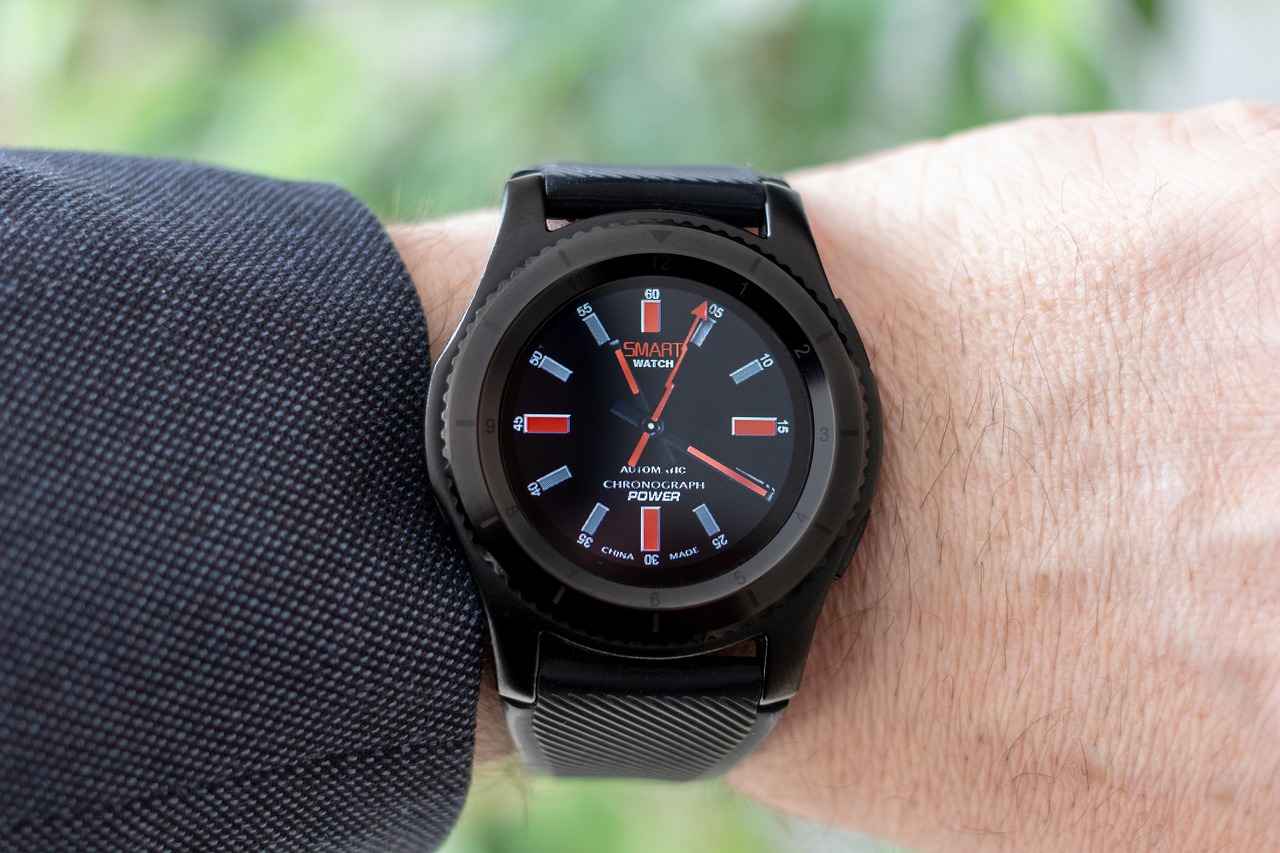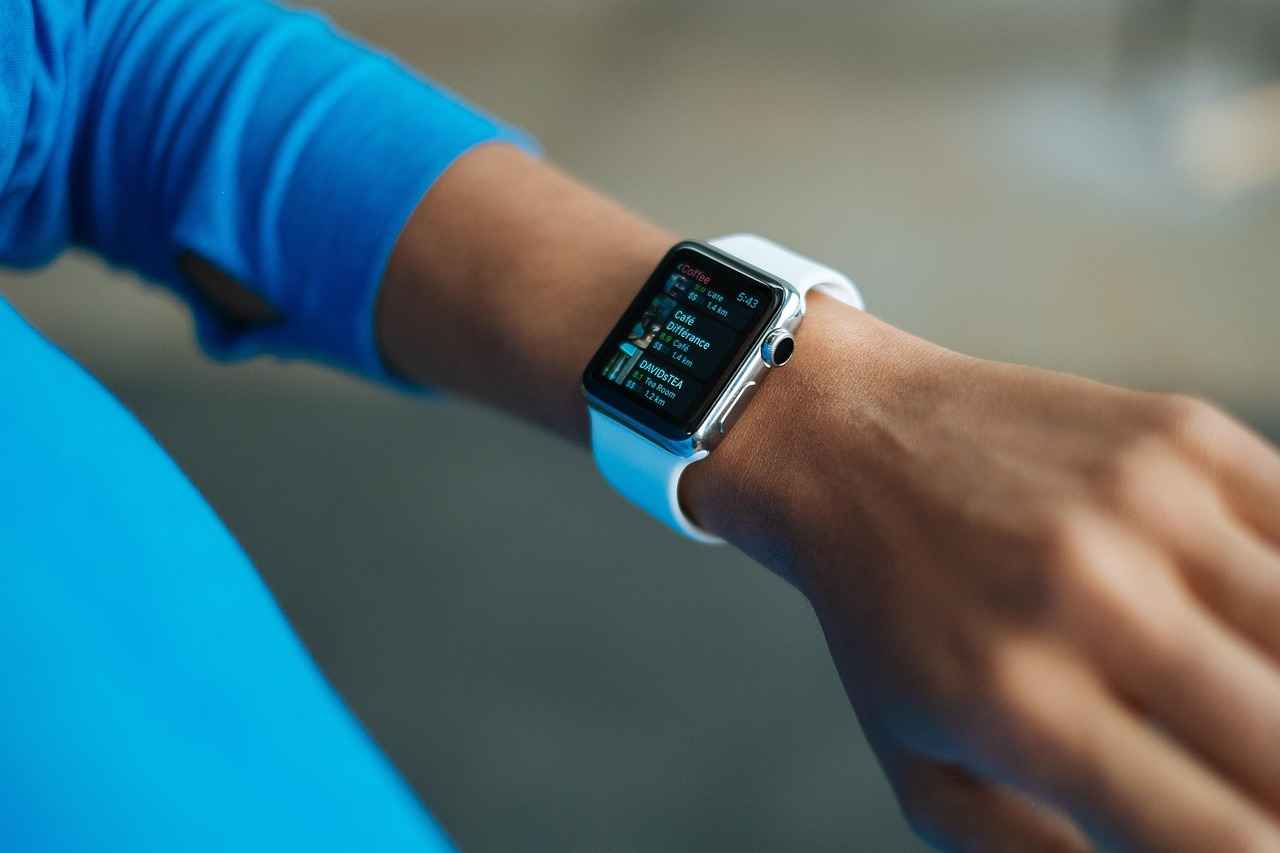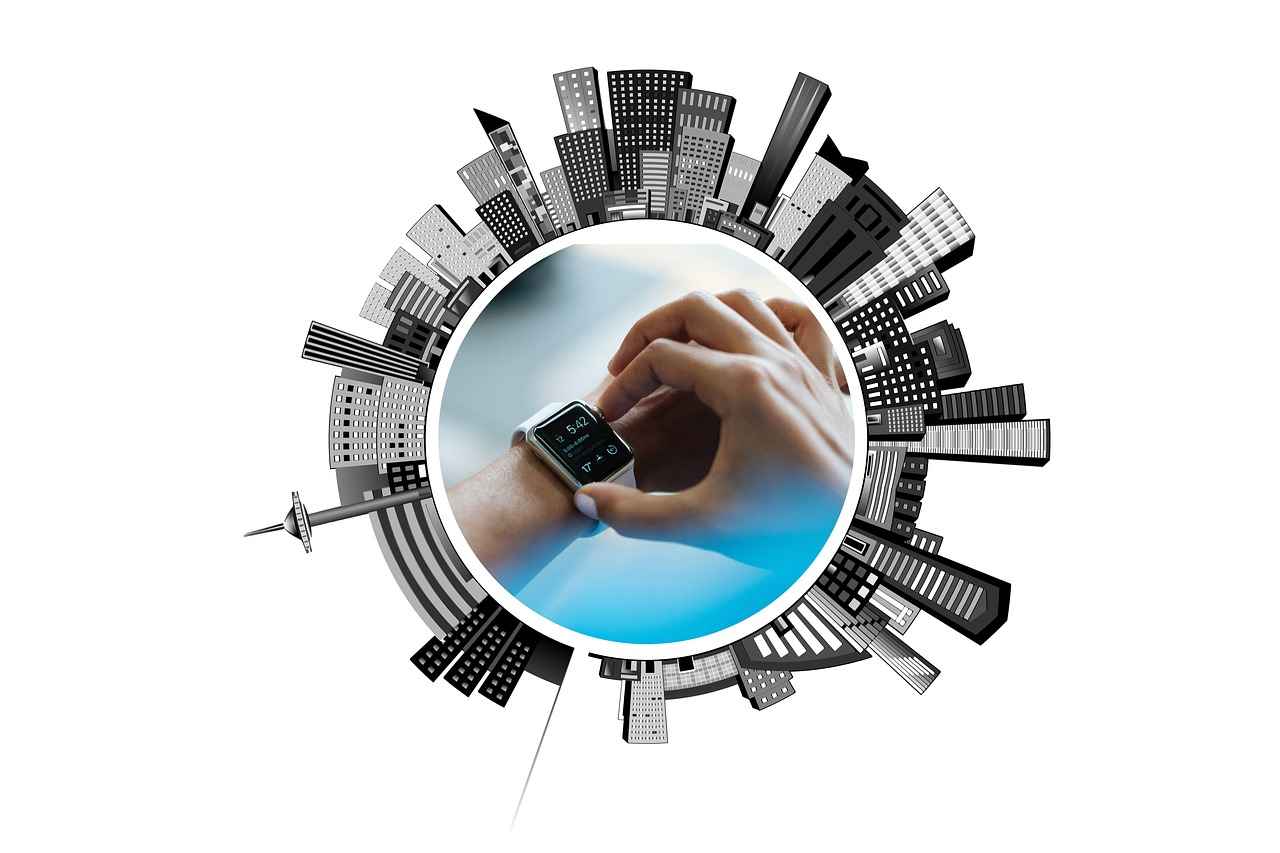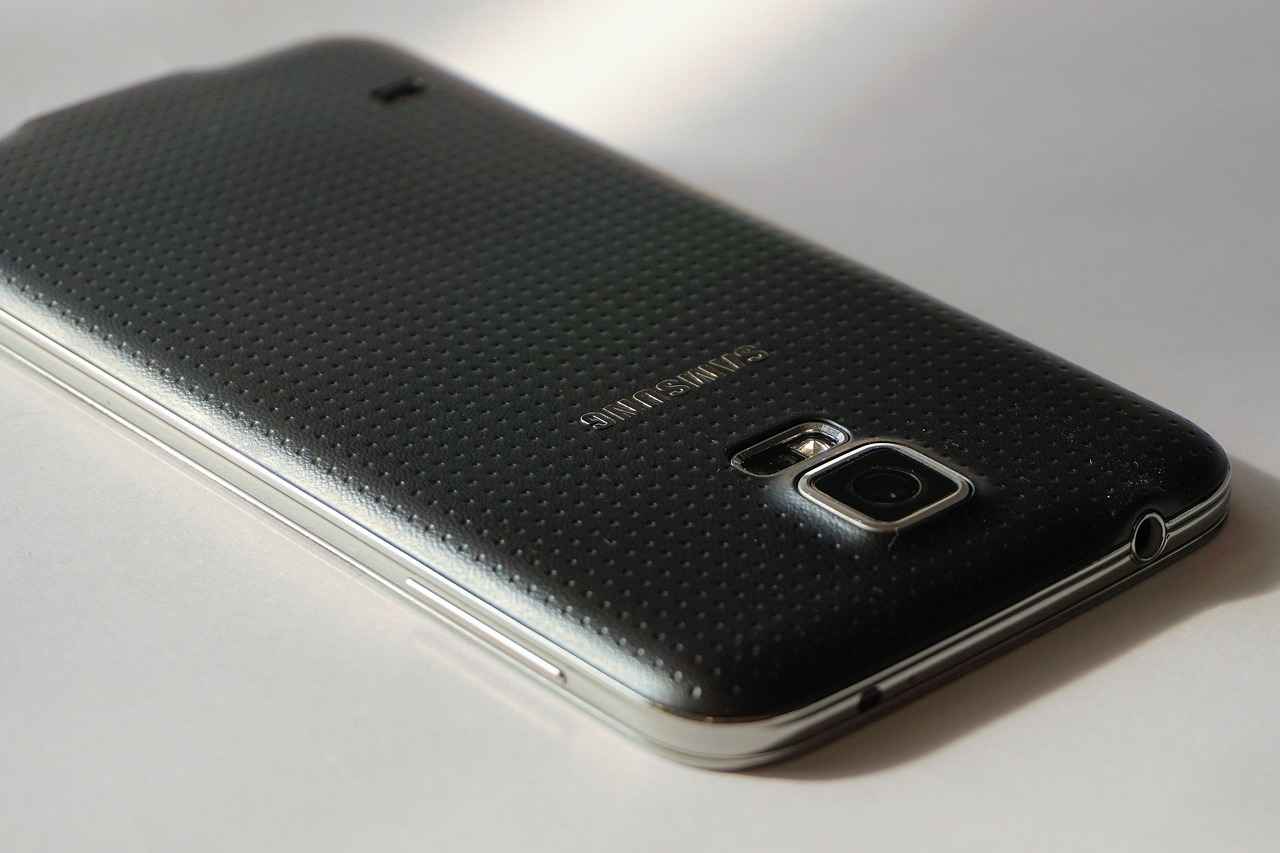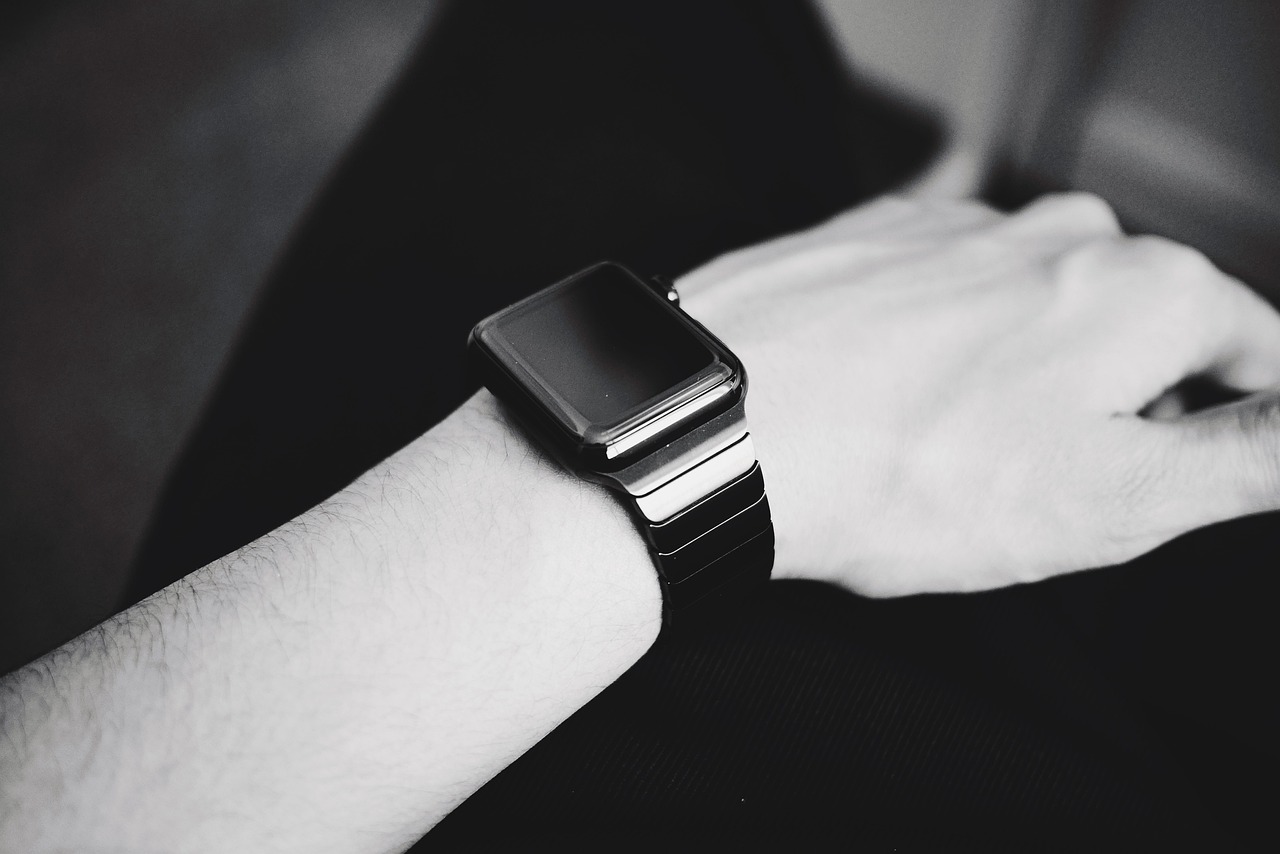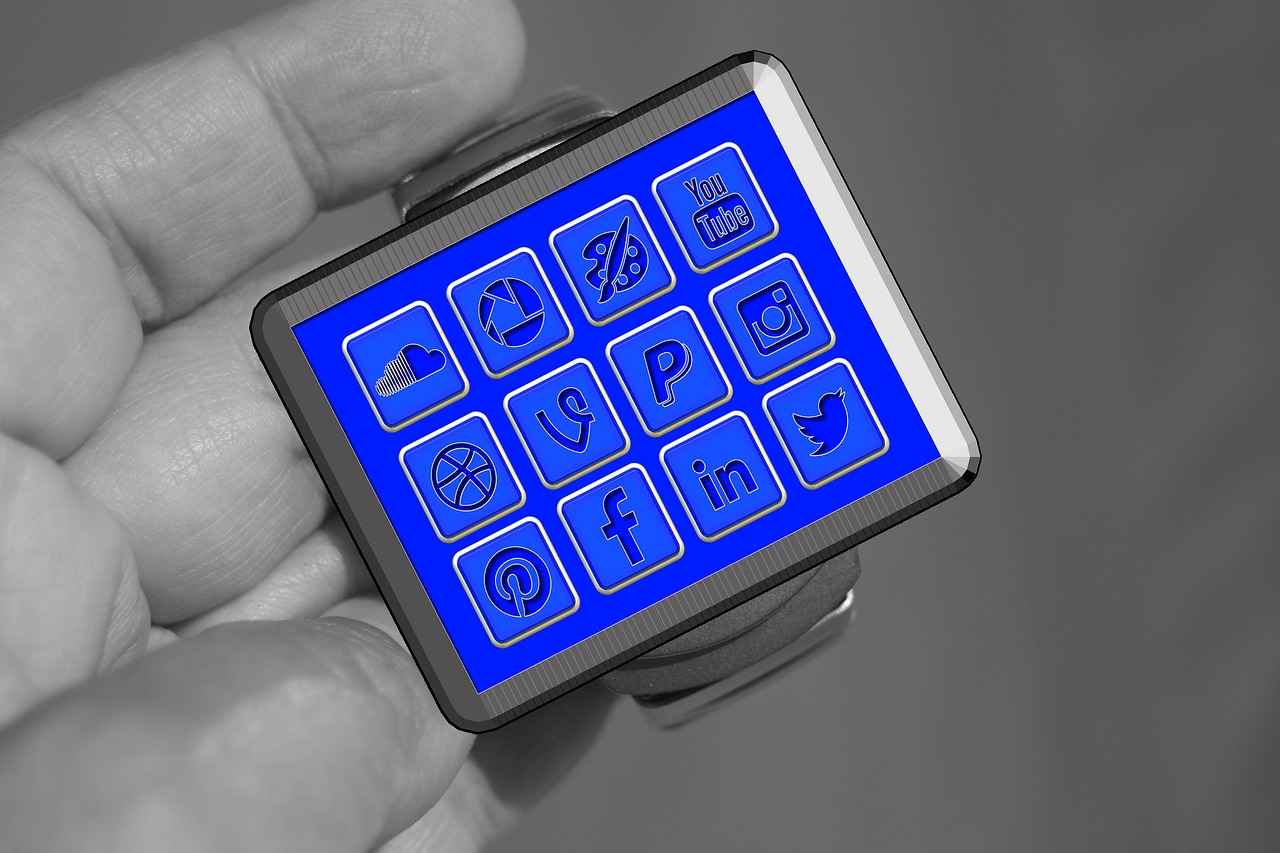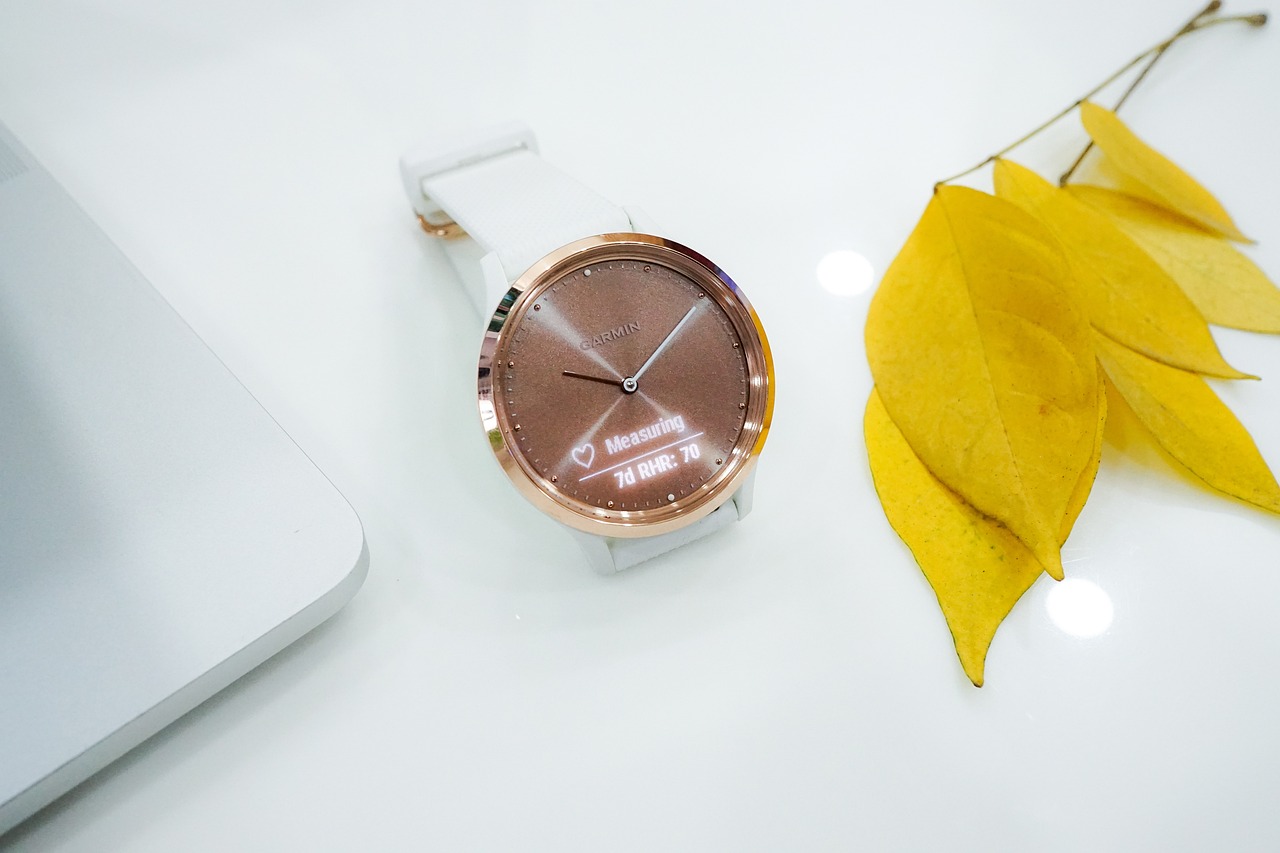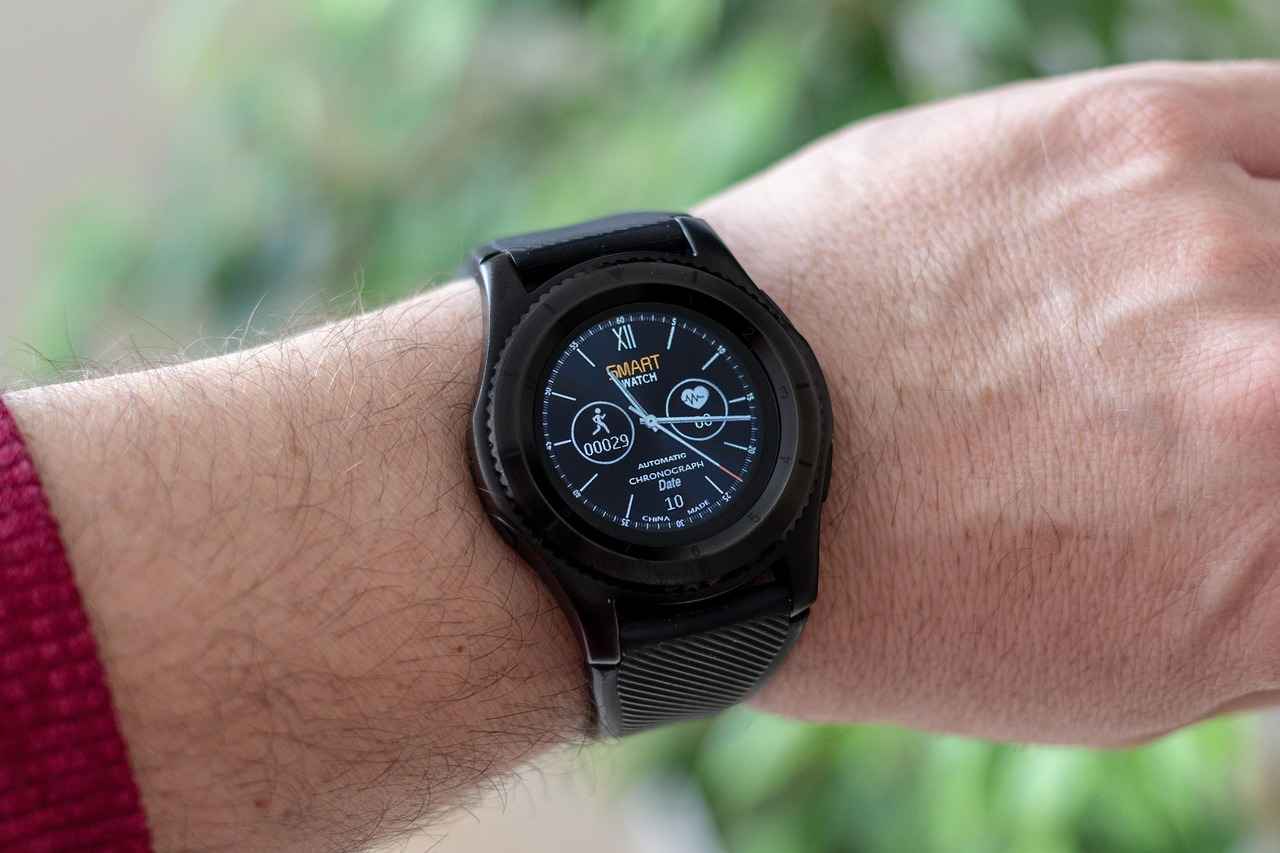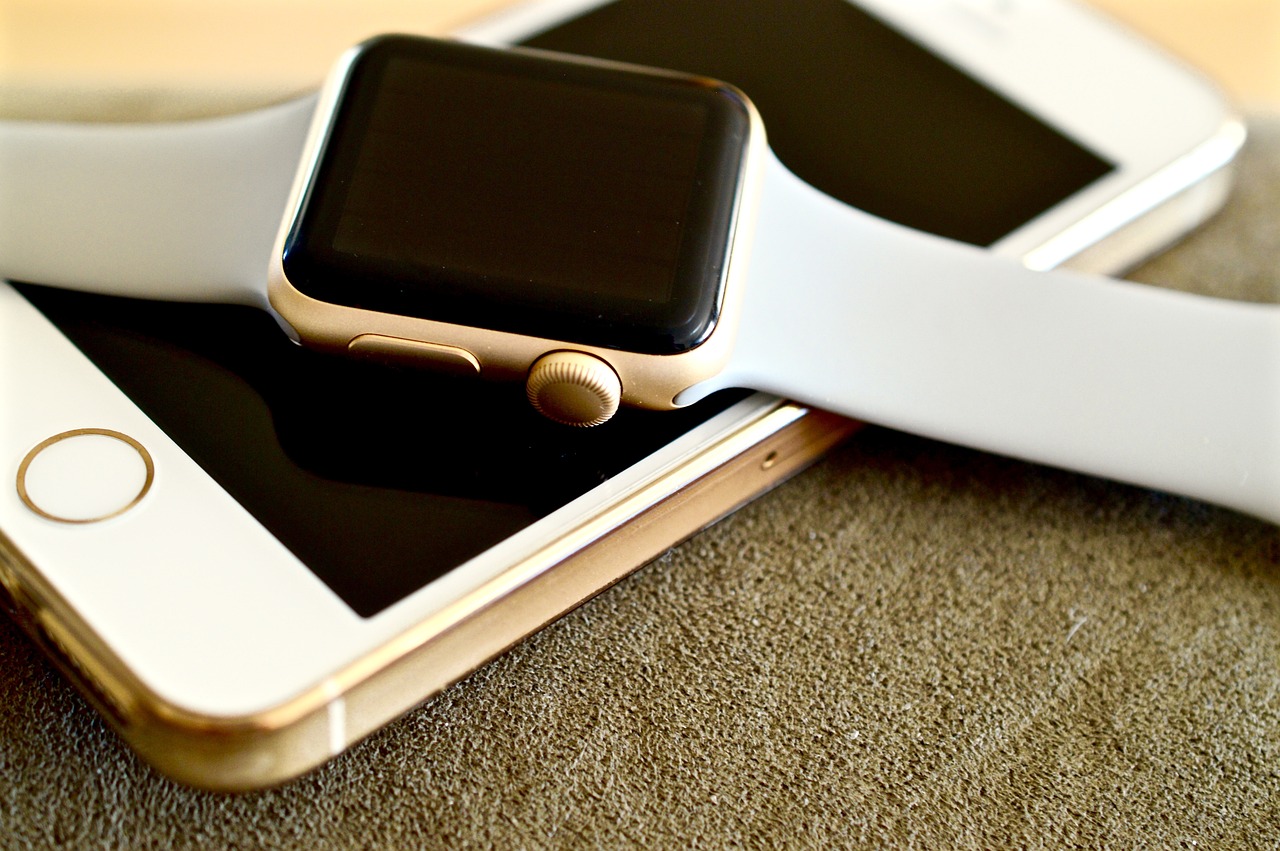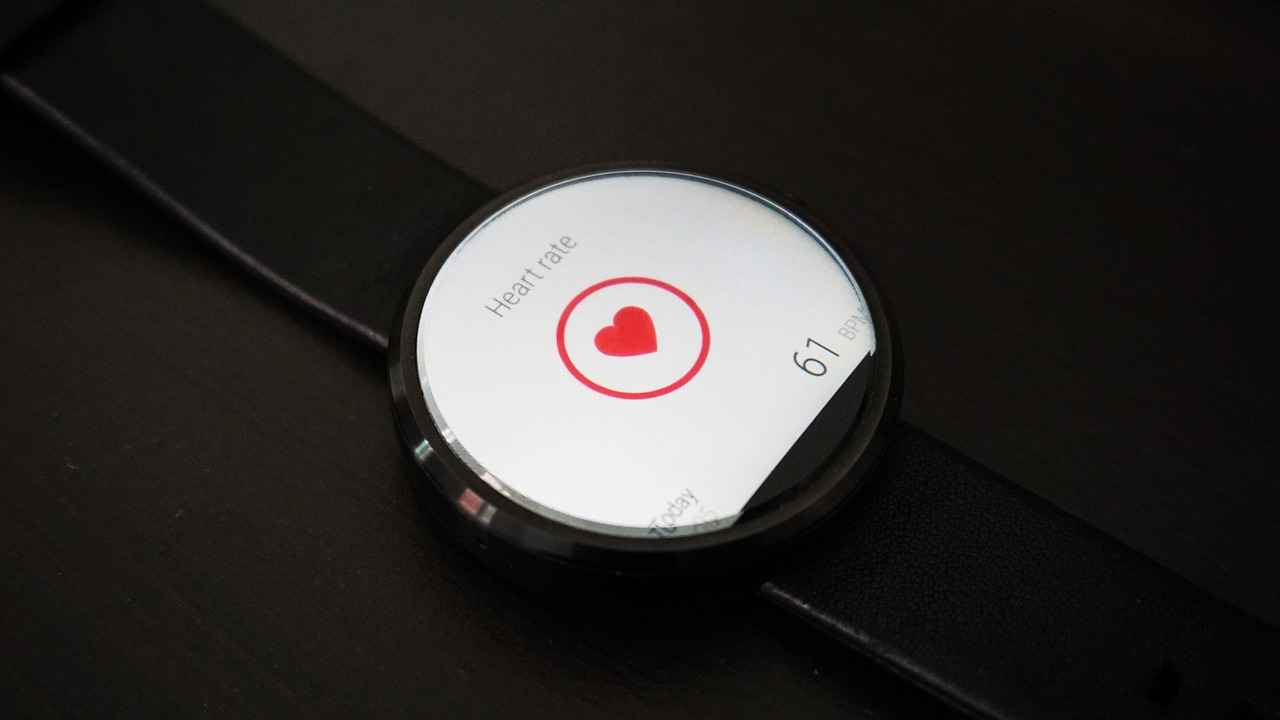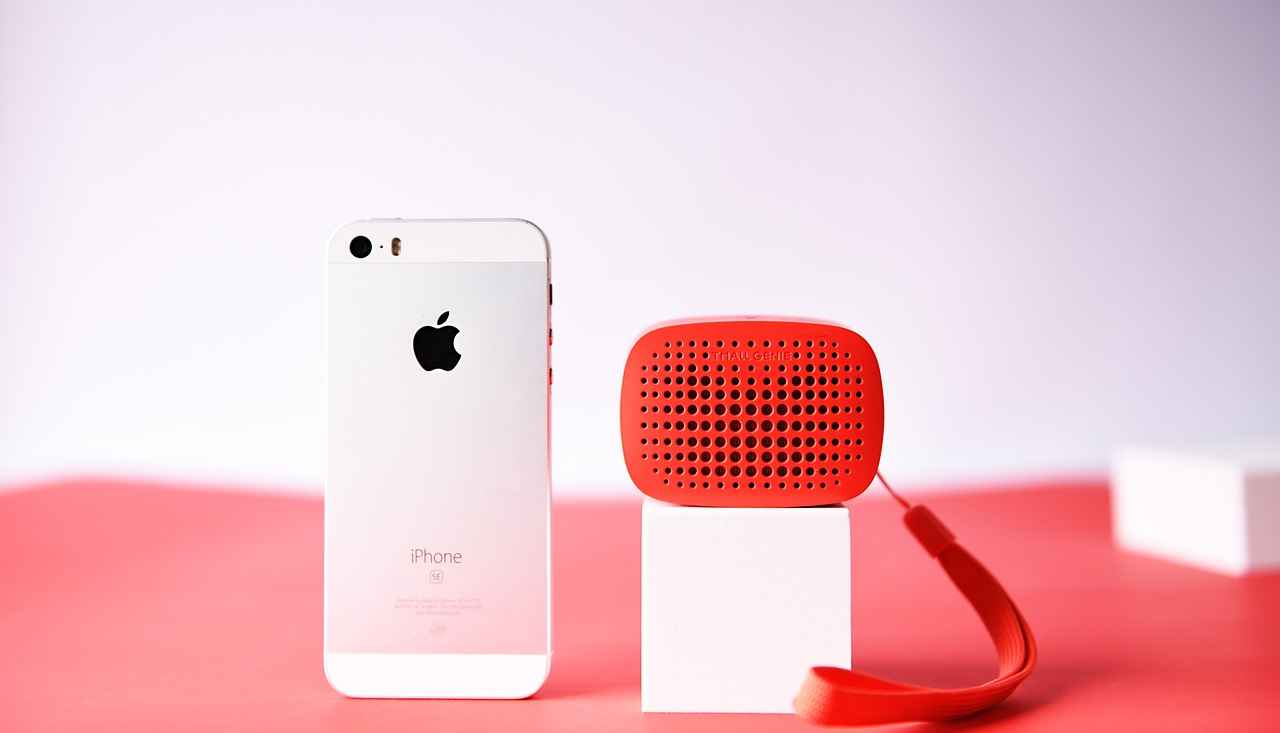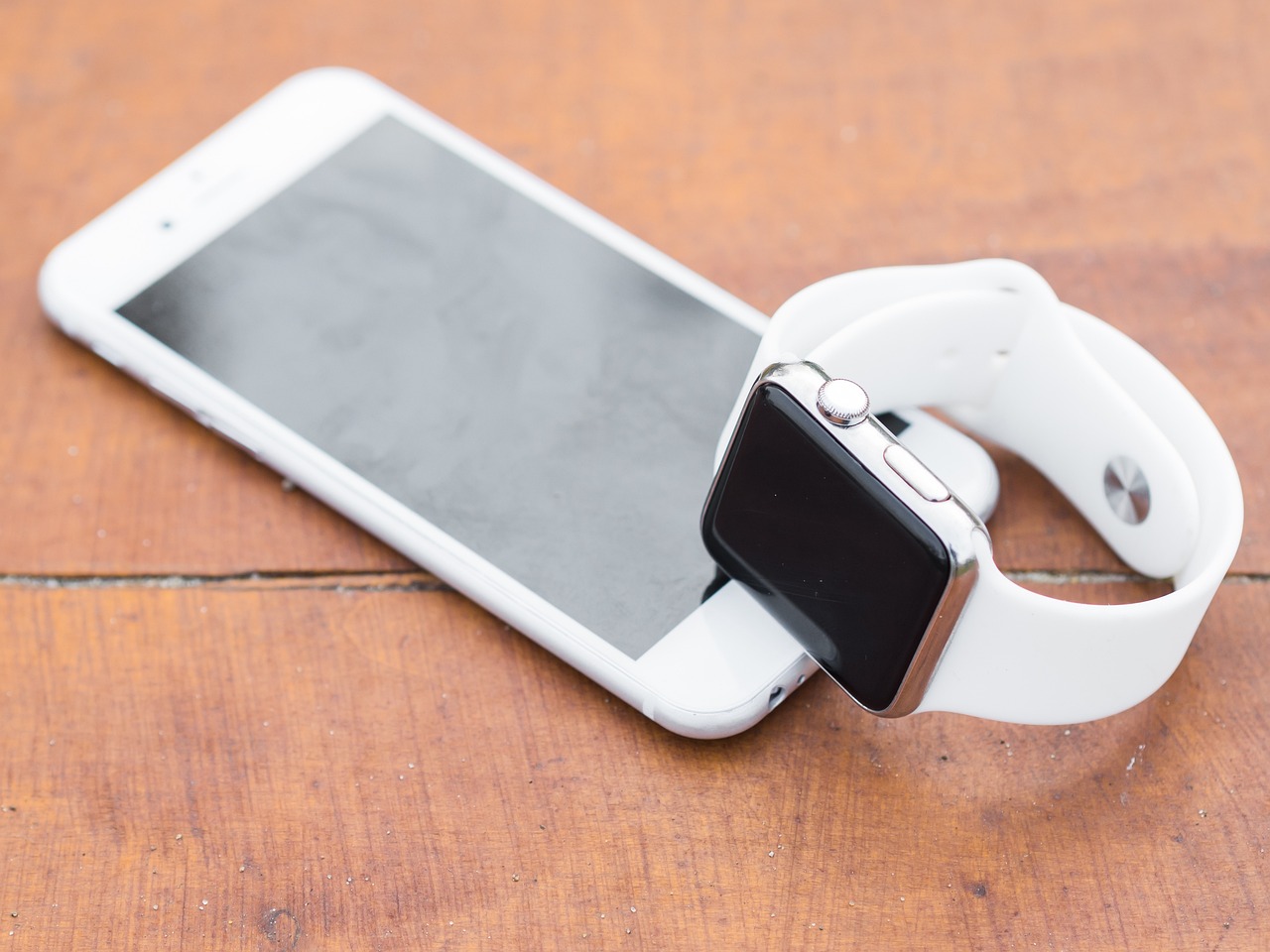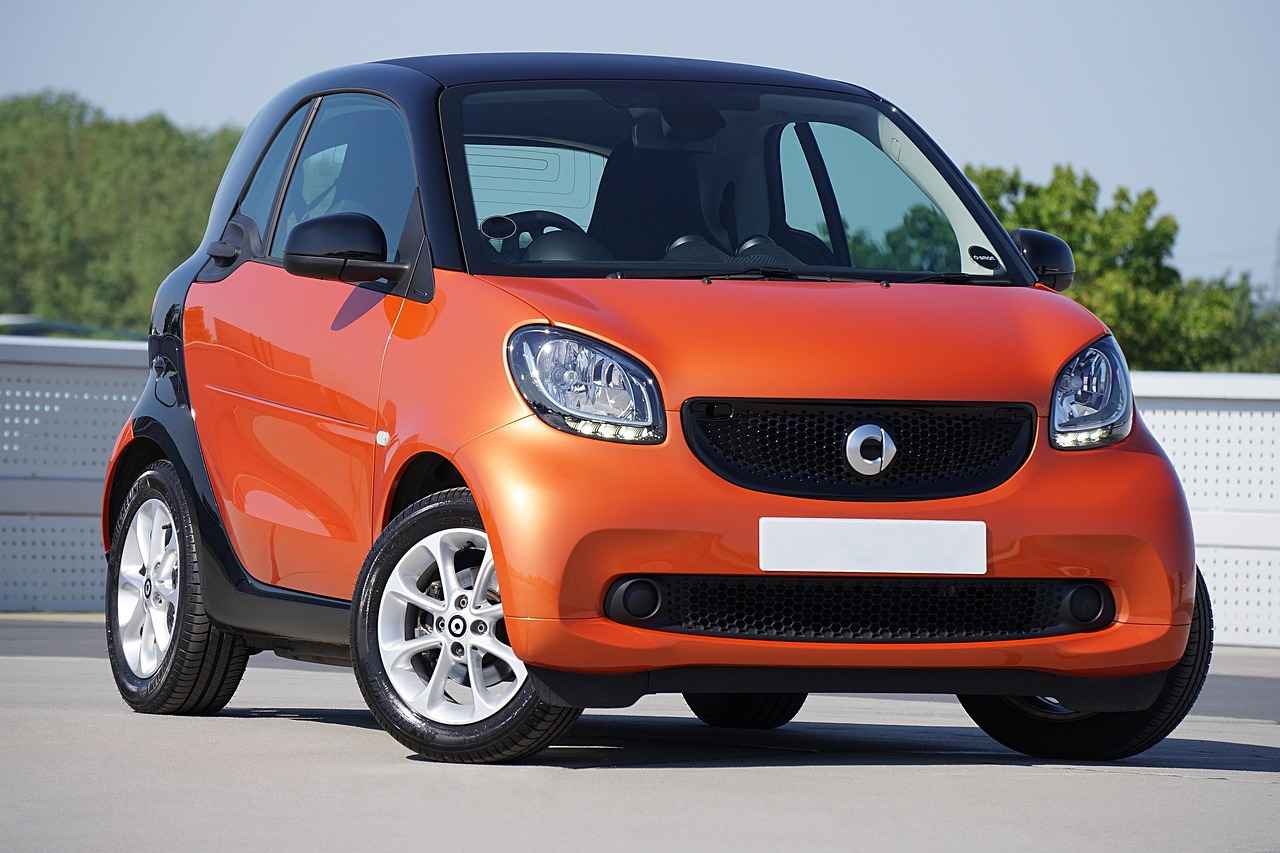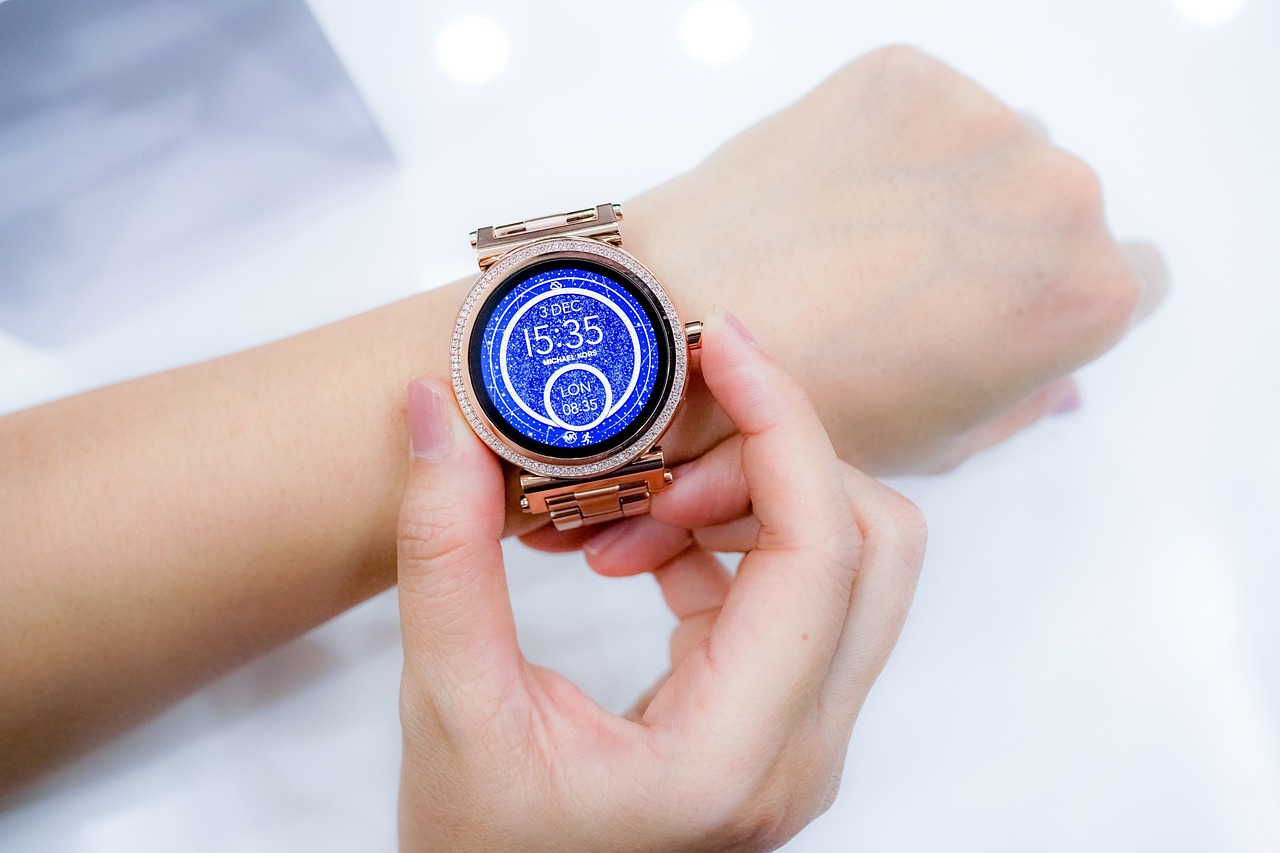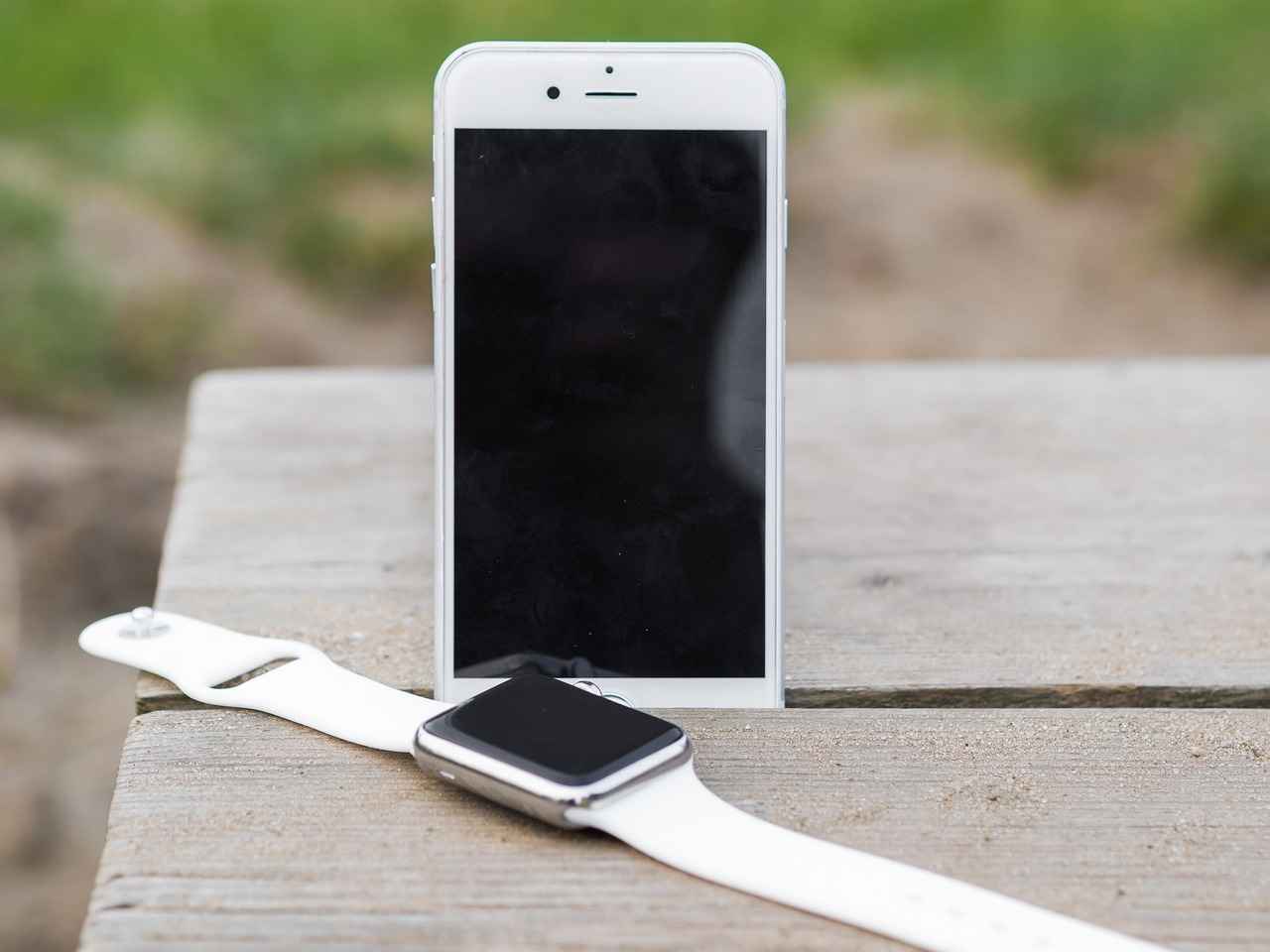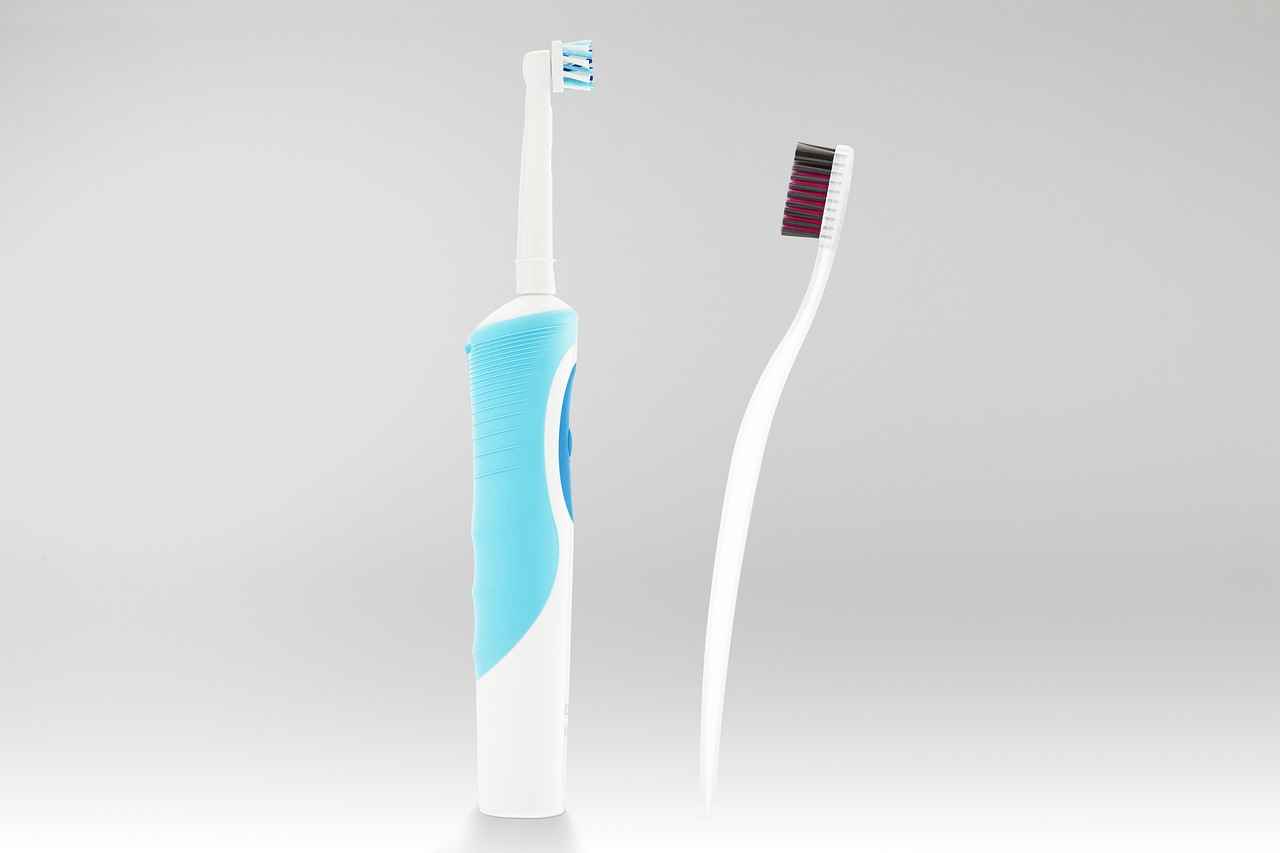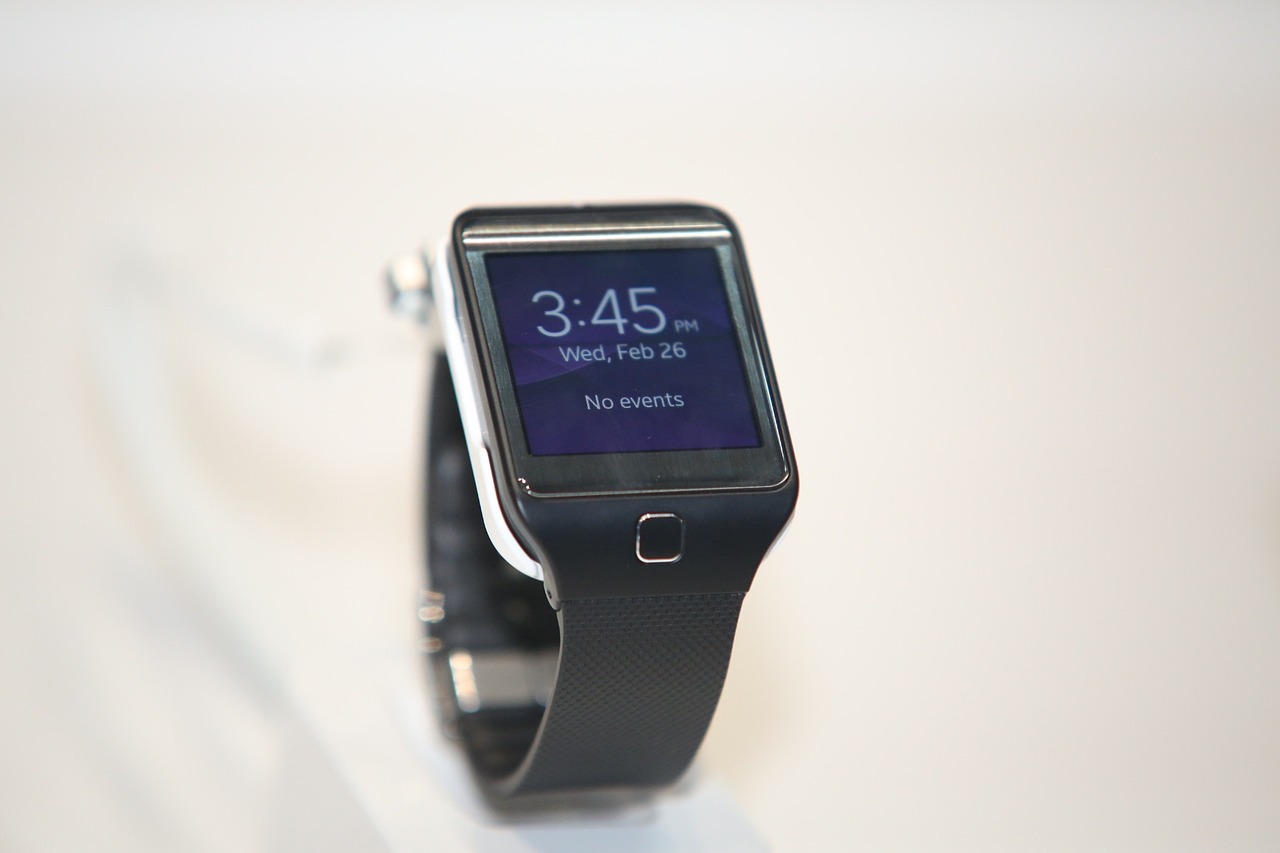As we approach 2024, the landscape of smart watch technology is evolving rapidly. This article delves into the emerging trends that are set to redefine the future of wearable devices. With a focus on innovations, user preferences, and market dynamics, we explore what consumers can expect from their smart watches in the coming year.
- The Rise of Health Monitoring Features: Smart watches are increasingly equipped with advanced health monitoring capabilities. Features such as ECG, blood pressure, and glucose monitoring are becoming standard, allowing users to take charge of their health like never before.
- Enhanced Battery Life Innovations: Battery longevity is a crucial factor for users. Innovations in battery technology and energy-efficient designs will ensure that smart watches can last longer on a single charge, meeting the demands of active lifestyles.
- Integration of AI and Machine Learning: The future of smart watches lies in their ability to learn from user data. AI and machine learning will enable personalized experiences and smarter health insights, making these devices more intuitive.
- Focus on Sustainability and Eco-Friendly Materials: With growing environmental concerns, manufacturers are prioritizing sustainability. Expect to see smart watches crafted from eco-friendly materials and designed with sustainable production methods.
- Customization and Personalization Options: Consumers desire devices that reflect their personal style. In 2024, smart watches will offer enhanced customization options, allowing users to tailor their devices to their unique preferences.
- Advanced Connectivity Features: The rollout of 5G and advancements in Bluetooth technology will enhance connectivity features in smart watches, enabling seamless integration with other smart devices.
- Focus on Fashion and Wearable Technology: The intersection of fashion and technology is becoming more pronounced. Smart watches will be designed to appeal to both aesthetics and functionality, broadening their market appeal.
- Improved User Interface and Experience: A user-friendly interface is essential for the usability of smart watches. Innovations in UI/UX design will make navigation more intuitive, enhancing the overall user experience.
- Increased Focus on Sleep Tracking Features: Sleep tracking is gaining recognition as a vital health feature. Enhanced sleep analysis tools will help users improve their sleep quality, making smart watches indispensable for health management.
- Expansion of Smart Watch Applications: The app ecosystem for smart watches is set to expand significantly, with new applications focusing on fitness, productivity, and lifestyle management, enhancing functionality.
- Integration with Smart Home Devices: Smart watches are evolving into control hubs for smart home devices. In 2024, expect improved integration, allowing users to manage their home environments directly from their wrists.
- Market Trends and Consumer Preferences: Understanding market trends and consumer preferences is crucial for manufacturers. In 2024, user feedback will drive design and feature innovations in smart watches.
In summary, the smart watch industry is on the brink of significant transformation in 2024. By focusing on health, sustainability, and user experience, manufacturers are set to meet the evolving needs of consumers, paving the way for a new era of wearable technology.

1. The Rise of Health Monitoring Features
The rise of health monitoring features in smart watches is transforming how users manage their well-being. As we delve into 2024, these devices are evolving beyond mere timekeeping to become essential health companions. Key features such as electrocardiogram (ECG), blood pressure, and glucose monitoring are at the forefront of this trend, offering users unprecedented insights into their health.
One of the most significant advancements is in ECG technology. Smart watches equipped with ECG sensors can detect irregular heart rhythms, providing users with critical data that can prompt timely medical intervention. This feature is particularly beneficial for individuals with a history of heart-related issues, allowing for proactive health management.
Additionally, blood pressure monitoring is becoming increasingly prevalent. With the ability to track blood pressure levels throughout the day, users can gain a better understanding of their cardiovascular health. This feature is especially valuable for those managing hypertension or other heart conditions, enabling them to make informed lifestyle choices.
Moreover, the integration of glucose monitoring is a game changer for individuals with diabetes. Smart watches that can continuously monitor glucose levels provide real-time data, helping users manage their condition more effectively. This capability not only enhances personal health management but also fosters a greater awareness of dietary impacts on blood sugar levels.
As these health monitoring features become more sophisticated, they are also becoming more user-friendly. Enhanced interfaces and simplified data presentation ensure that users can easily understand their health metrics. This accessibility encourages more individuals to engage with their health data, fostering a proactive approach to wellness.
In conclusion, the health monitoring capabilities of smart watches are set to redefine personal health management in 2024. By integrating advanced technologies, these devices empower users to take charge of their health like never before.
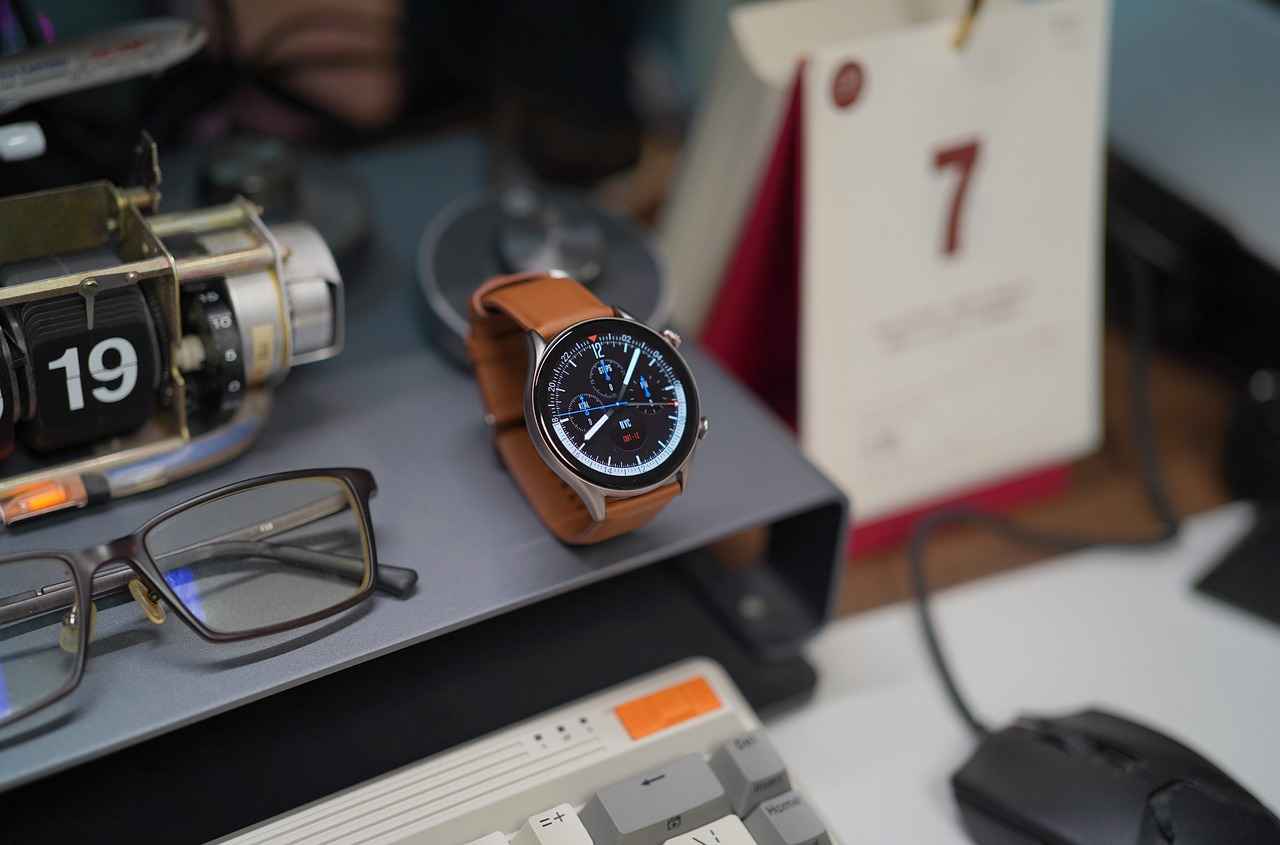
2. Enhanced Battery Life Innovations
The demand for longer battery life in smart watches is more pronounced than ever, as consumers prioritize devices that can keep up with their busy lifestyles. In 2024, this trend is set to accelerate, driven by significant innovations in battery technology and energy-efficient designs.
One of the most exciting developments is the introduction of solid-state batteries. Unlike traditional lithium-ion batteries, solid-state batteries offer greater energy density, which translates to longer usage times without increasing the size or weight of the device. This technology not only enhances longevity but also improves safety by reducing the risk of overheating.
Furthermore, manufacturers are exploring solar charging capabilities. By integrating solar panels into the design of smart watches, users can harness natural sunlight to extend battery life, especially during outdoor activities. This innovation aligns perfectly with the growing emphasis on sustainability and eco-friendly practices.
Energy-efficient components are also on the rise. With advancements in low-power processors and display technology, smart watches can now operate longer on a single charge. For instance, the use of OLED displays allows for less power consumption compared to traditional LCD screens, as they only use energy for the pixels that are lit.
- Wireless charging technology is becoming more prevalent, allowing for convenient recharging without the hassle of cables.
- Adaptive battery management systems will monitor usage patterns and optimize power consumption, ensuring that the battery lasts longer during critical times.
As these innovations come to fruition, consumers can expect smart watches in 2024 to not only last longer but also provide a more reliable and efficient experience. The combination of advanced battery technologies and energy-saving features will undoubtedly redefine user expectations and satisfaction in wearable technology.
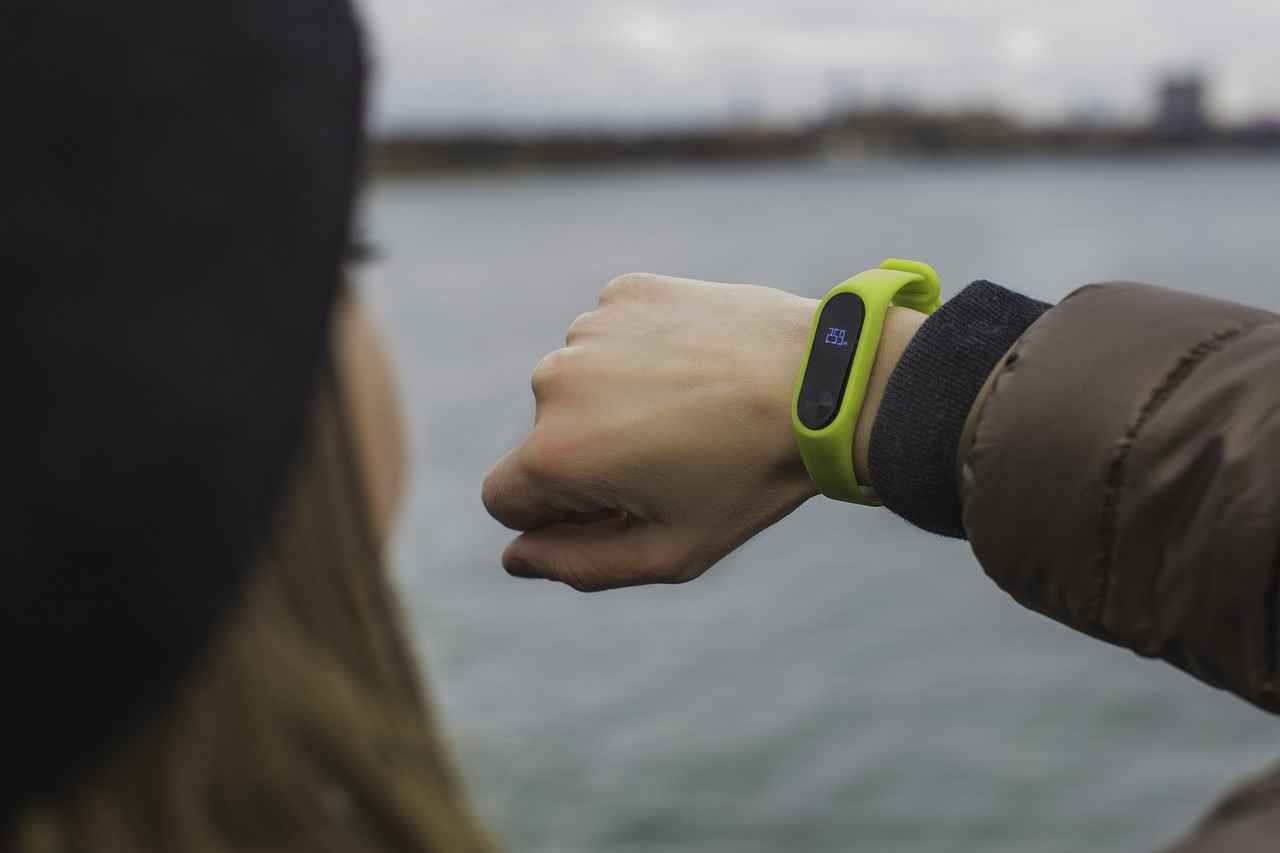
3. Integration of AI and Machine Learning
As we move into 2024, the integration of artificial intelligence (AI) and machine learning (ML) in smart watches is poised to transform the way users interact with their devices. This evolution is not merely a trend but a significant shift that will enhance the overall user experience and provide deeper health insights.
One of the most exciting advancements is the ability of smart watches to personalize user experiences through data analysis. By utilizing AI algorithms, these devices can learn from user behavior, preferences, and health metrics, allowing for tailored notifications, reminders, and suggestions. For instance, a smart watch could analyze your activity patterns and suggest optimal times for workouts or remind you to take breaks based on your stress levels.
Moreover, the health monitoring capabilities are set to become more sophisticated. With AI and ML, smart watches can now provide real-time health insights by analyzing data such as heart rate, sleep patterns, and activity levels. This means that users can receive alerts for irregular heartbeats or even potential sleep disorders, empowering them to take proactive measures for their health.
Additionally, the predictive capabilities of AI will allow smart watches to anticipate user needs. For example, if the watch detects a pattern of increased physical activity, it might suggest hydration reminders or nutritional tips based on the user’s previous choices. This level of integration not only enhances user engagement but also promotes a healthier lifestyle.
Furthermore, with advancements in natural language processing, users can expect more intuitive interactions with their devices. Voice commands will become more accurate, enabling users to access features and information seamlessly, thus enhancing the overall user experience.
In summary, the integration of AI and machine learning in smart watches is set to redefine the wearable technology landscape in 2024. By offering personalized experiences and smarter health insights, these innovations will not only meet user expectations but also pave the way for a more connected and health-conscious society.

4. Focus on Sustainability and Eco-Friendly Materials
In recent years, the emphasis on sustainability has become a driving force in various industries, and the smart watch sector is no exception. As we look ahead to 2024, manufacturers are increasingly prioritizing eco-friendly practices, recognizing the importance of addressing environmental concerns among consumers. This shift towards sustainability is not merely a trend; it represents a fundamental change in how products are designed and produced.
Smart watch manufacturers are exploring a variety of eco-friendly materials to reduce their environmental footprint. For instance, many brands are turning to recycled metals and plastics, which not only minimize waste but also lower the demand for raw materials. Additionally, some companies are experimenting with biodegradable materials that can decompose naturally, further enhancing their sustainability profile.
Moreover, the production methods employed in creating these devices are evolving. Green manufacturing techniques are being adopted, which aim to reduce energy consumption and emissions during the production process. This includes using renewable energy sources and implementing more efficient manufacturing processes. By prioritizing these methods, companies can significantly decrease their carbon footprint.
- Consumer Awareness: As consumers become more environmentally conscious, they are actively seeking products that align with their values. This is pushing manufacturers to innovate and adopt sustainable practices.
- Regulatory Pressure: Governments and organizations are implementing stricter regulations regarding environmental impact, prompting brands to comply by adopting sustainable practices.
- Brand Loyalty: Companies that demonstrate a commitment to sustainability are likely to cultivate stronger brand loyalty among eco-conscious consumers.
As we move into 2024, the integration of sustainability in smart watch design is expected to become more pronounced. This focus not only caters to consumer demand but also sets a precedent for other industries to follow, highlighting the importance of responsible manufacturing in the tech world. The future of smart watches lies in their ability to balance technology with sustainability, creating a more eco-friendly and responsible product that appeals to a growing demographic of environmentally aware consumers.

5. Customization and Personalization Options
As we step into 2024, the demand for customization and personalization in smart watches is reaching new heights. Consumers are no longer satisfied with one-size-fits-all solutions; they desire devices that reflect their unique styles and preferences. This shift is prompting manufacturers to innovate and provide enhanced options that cater to individual tastes.
One of the most exciting developments is the introduction of interchangeable bands and customizable watch faces. Users will have the ability to change the appearance of their smart watches easily, allowing them to adapt their devices to different occasions, outfits, or moods. This feature not only enhances the aesthetic appeal but also empowers users to express their personality through technology.
Moreover, smart watch brands are embracing software customization. In 2024, users can expect to find more options for personalizing their device interfaces, including the ability to rearrange apps, choose color themes, and set custom notifications. This level of personalization ensures that each user can optimize their device for maximum functionality and convenience.
Another trend is the incorporation of AI-driven personalization. Smart watches will utilize advanced algorithms to learn user habits and preferences, suggesting tailored features and settings. For instance, if a user frequently tracks their workouts, the device may prioritize fitness apps or provide personalized health insights, enhancing the overall user experience.
In addition, the appeal of smart watches is expanding beyond functionality to include fashion elements. Collaborations with fashion designers are expected to create limited-edition smart watches that combine high-end aesthetics with cutting-edge technology. This fusion of fashion and functionality will attract a broader audience, making smart watches not just a tool, but a statement piece.
As we look ahead, it is clear that the future of smart watches in 2024 will be defined by personalization. With a focus on customization options, users will have the opportunity to create a device that truly represents them, leading to a more engaging and satisfying user experience.

6. Advanced Connectivity Features
As we move into 2024, the landscape of smart watches is set to undergo a significant transformation, particularly in the realm of connectivity features. With the advent of 5G technology and advancements in Bluetooth capabilities, smart watches will offer users an unprecedented level of integration with other smart devices.
The implementation of 5G networks is a game changer for smart watches. This technology promises faster data transfer rates, reduced latency, and improved reliability, allowing users to stay connected without relying solely on their smartphones. Imagine receiving high-definition video calls or streaming music directly from your wrist without any lag—this is the future that 5G brings to wearable technology.
Moreover, enhanced Bluetooth technologies will further enrich the user experience. With Bluetooth 5.2 and beyond, smart watches will not only connect more efficiently with smartphones but also with a wider range of devices, such as headphones, fitness equipment, and smart home gadgets. This seamless connectivity will allow users to control their environment with just a few taps on their watch, making it a central hub for managing daily tasks.
| Feature | Benefits |
|---|---|
| 5G Connectivity | Faster data speeds, enhanced streaming, real-time updates |
| Improved Bluetooth | Broader device compatibility, better range, energy efficiency |
Furthermore, the integration of smart watches with smart home devices will become more intuitive. Users will be able to control lighting, security systems, and even appliances directly from their wrist, making daily routines more efficient. This level of integration is expected to be a major selling point for consumers looking for convenience and functionality.
In conclusion, the advanced connectivity features anticipated in 2024 are set to redefine how we interact with our smart watches and other devices. As these technologies evolve, users can expect a more cohesive and integrated experience that enhances both productivity and leisure.

7. Focus on Fashion and Wearable Technology
The intersection of fashion and technology is becoming increasingly significant as we move into 2024. This year marks a pivotal moment for smart watches, where the emphasis is not only on their functional capabilities but also on their aesthetic appeal. As consumers become more style-conscious, manufacturers are responding with designs that are both visually striking and technologically advanced.
Smart watches are evolving into fashion statements, with brands collaborating with renowned designers to create limited edition models that reflect the latest trends. The materials used in these timepieces are also changing, with an emphasis on luxury materials such as ceramic, stainless steel, and leather, which enhance their visual appeal while maintaining durability.
In 2024, we can expect to see a variety of styles that cater to diverse preferences. From sleek and minimalist designs to more bold and colorful options, consumers will have the opportunity to choose smart watches that align with their personal style. This trend toward customization is further supported by interchangeable bands and customizable watch faces, allowing users to adapt their devices to different occasions.
Moreover, the rise of health and fitness tracking features has not diminished the focus on style; instead, it has created a unique opportunity for brands to merge functionality with fashion. Smart watches are now designed to be worn in various settings, whether at the gym or in a formal environment, making them versatile accessories.
As we look ahead, the convergence of fashion and technology in the smart watch market is set to attract a broader audience. This trend reflects a shift in consumer preferences, where the desire for practicality meets a growing appreciation for design. As a result, smart watches in 2024 will not only serve as tech gadgets but also as essential components of modern fashion.
- Collaborations with Designers: Expect exclusive collections.
- Use of Premium Materials: Enhanced durability and style.
- Variety of Styles: From sporty to elegant options.
- Customization Features: Interchangeable bands and watch faces.
- Versatility: Suitable for various occasions.
In conclusion, the smart watch of 2024 is not just a technological device; it is a fashion accessory that reflects individual style while offering cutting-edge features.

8. Improved User Interface and Experience
User interface design is a pivotal aspect of smart watch usability, particularly as we move into 2024. The evolving landscape of wearable technology demands a focus on user experience (UX) that is not only functional but also engaging. As smart watches become more integral to daily life, the emphasis on intuitive navigation and user-friendly design is expected to grow significantly.
In 2024, we anticipate a range of enhancements in UI/UX that will transform how users interact with their devices. One major trend is the implementation of gesture controls, allowing users to navigate their watches with simple hand movements, making the experience more seamless and reducing reliance on touchscreens. This innovation could prove especially beneficial in situations where hands are occupied or when quick access to information is necessary.
Moreover, the integration of adaptive interfaces that learn from user behavior will provide a more personalized experience. For instance, smart watches may adjust their display settings, notifications, and even app suggestions based on individual usage patterns, enhancing overall usability.
Another exciting development is the incorporation of augmented reality (AR) elements into smart watch interfaces. This could allow users to visualize data in real-time, such as fitness metrics or navigation directions, directly on their watch screens, thus improving interaction and engagement.
Furthermore, as health monitoring features become more prevalent, the UI will likely evolve to present complex data in a simplified manner. Users will benefit from visual dashboards that summarize health statistics at a glance, making it easier to track wellness goals without overwhelming the user.
In conclusion, the advancements in user interface design for smart watches in 2024 are set to make these devices more accessible and enjoyable to use. With a focus on intuitive navigation, personalized experiences, and innovative features, the future of smart watches looks promising for both consumers and developers alike.

9. Increased Focus on Sleep Tracking Features
As we move into 2024, the emphasis on sleep tracking features in smart watches is becoming increasingly significant. With a growing understanding of the importance of sleep for overall health, consumers are seeking advanced tools that can provide deeper insights into their sleep patterns.
Modern smart watches are now equipped with sophisticated sleep analysis tools that go beyond basic tracking. These devices can monitor various factors such as heart rate variability, movement during sleep, and even environmental conditions like room temperature and noise levels. This data can help users identify patterns and make informed adjustments to improve their sleep quality.
One of the most exciting advancements in sleep tracking technology is the integration of machine learning algorithms. These algorithms analyze the collected data over time, offering personalized recommendations tailored to the user’s unique sleep habits. For instance, a smart watch might suggest optimal bedtimes or relaxation techniques based on the user’s past sleep data.
| Feature | Description |
|---|---|
| Heart Rate Monitoring | Tracks heart rate throughout the night to assess sleep stages. |
| Sleep Cycle Analysis | Identifies different sleep stages (light, deep, REM) for better insights. |
| Environmental Monitoring | Measures factors like temperature and noise to improve sleep conditions. |
Moreover, the user interface for these sleep tracking features is becoming more intuitive, allowing users to easily access and interpret their sleep data. Enhanced visualizations and clear summaries make it simpler for individuals to understand their sleep health at a glance.
In 2024, we can also expect smart watches to incorporate features that promote better sleep hygiene. For example, reminders to wind down before bed, guided breathing exercises, and even sleep meditation options may be integrated into the watch’s functionalities.
As the demand for better sleep tracking grows, manufacturers are likely to innovate further, ensuring that smart watches not only help users track their sleep but also actively contribute to enhancing their overall sleep quality.
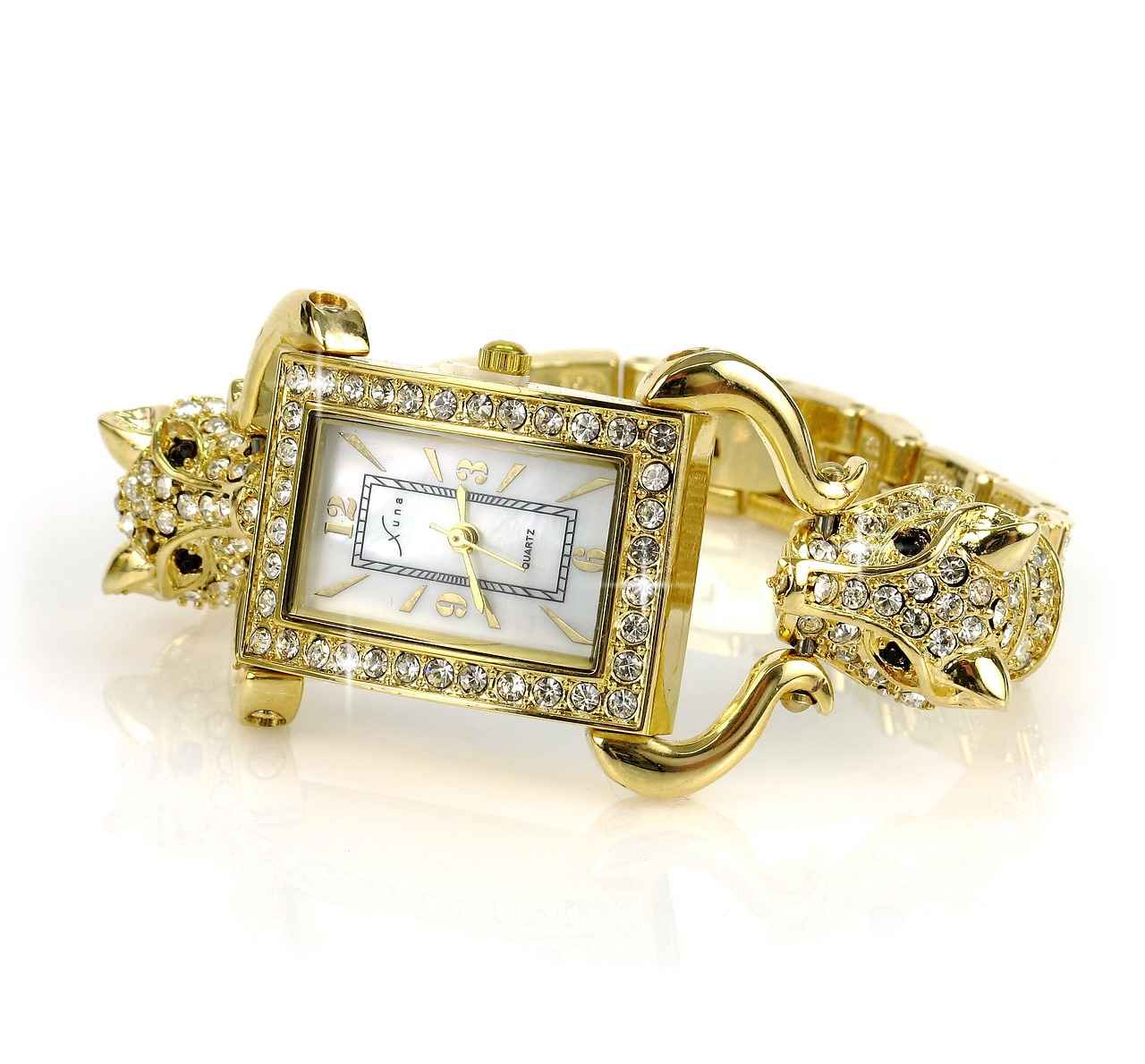
10. Expansion of Smart Watch Applications
The expansion of smart watch applications in 2024 is poised to transform how users interact with their devices. As technology continues to evolve, developers are focusing on creating innovative applications that cater to the diverse needs of consumers. This year, we can expect to see a surge in applications that enhance fitness tracking, productivity, and lifestyle management.
- Fitness Applications: With a growing emphasis on health and wellness, fitness apps are set to become more sophisticated. Expect features that include personalized workout plans, real-time coaching, and integration with nutrition tracking, making it easier for users to achieve their fitness goals.
- Productivity Tools: As remote work becomes more commonplace, smart watches are integrating productivity applications that allow users to manage tasks, schedule meetings, and receive notifications directly on their wrists. This seamless connectivity enhances user efficiency.
- Lifestyle Management: Applications focusing on mental health, meditation, and daily routines are gaining traction. Users will have access to tools that help them manage stress, track their moods, and establish healthy habits, contributing to overall well-being.
Moreover, the integration of AI and machine learning is expected to play a pivotal role in the development of these applications. By analyzing user data, smart watches can offer tailored recommendations and insights, creating a more personalized experience.
In addition, the user interface of these applications is likely to see significant enhancements, making them more intuitive and user-friendly. As developers prioritize user experience, we can anticipate smoother navigation and quicker access to essential features.
As the smart watch application ecosystem grows, it will not only enhance the functionality of these devices but also create a more interconnected lifestyle for users. This evolution will undoubtedly pave the way for a more integrated approach to health, productivity, and personal management.
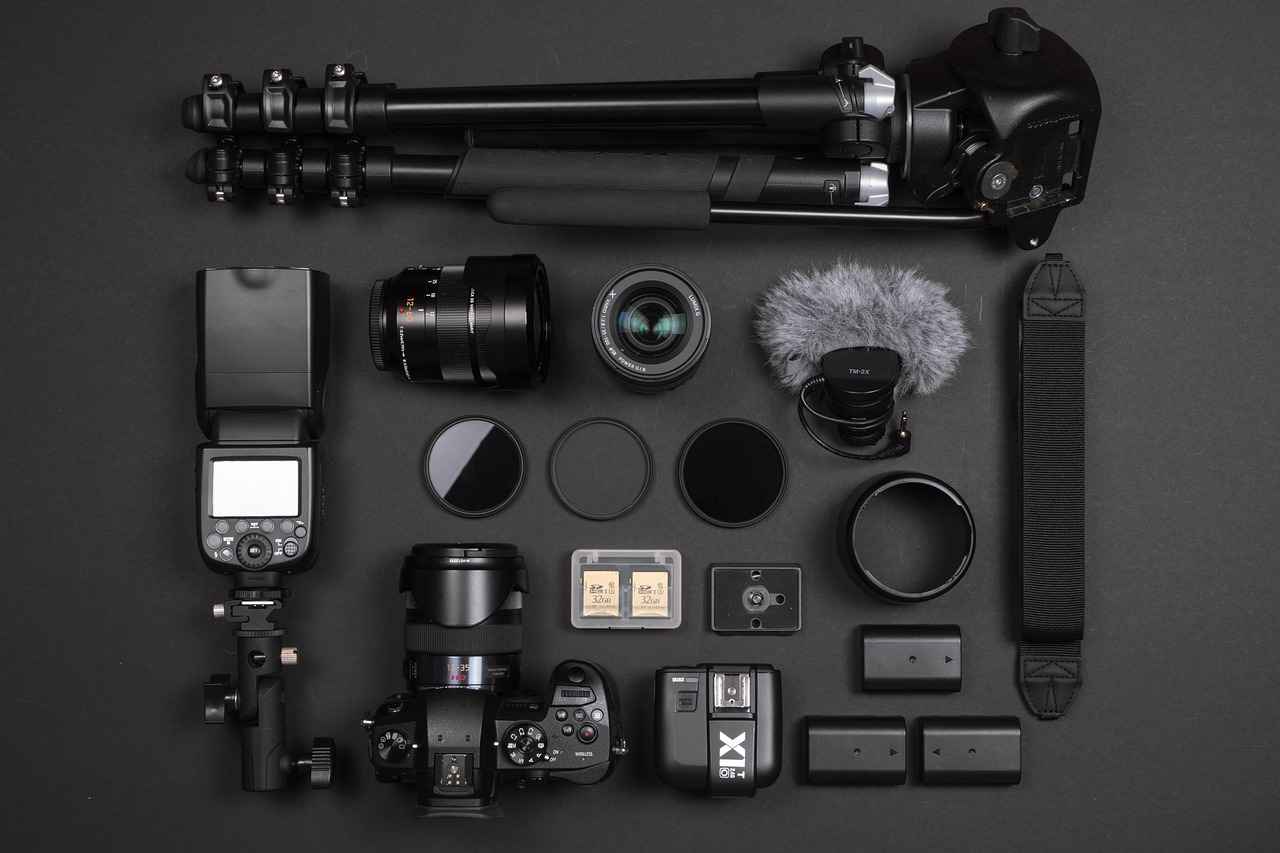
11. Integration with Smart Home Devices
In recent years, the role of smart watches has evolved significantly, transforming from mere fitness trackers to essential control hubs for smart home devices. As we look forward to 2024, this trend is expected to accelerate, with advancements that will enhance the integration capabilities of these devices.
The integration of smart watches with smart home technology will allow users to manage various aspects of their home environments directly from their wrists. This includes controlling lighting, adjusting thermostats, and even managing security systems. With the anticipated rollout of 5G technology, the connectivity between smart watches and home devices will become faster and more reliable, enabling real-time control and monitoring.
Key features to expect in 2024 include:
- Seamless Device Management: Users will be able to control multiple devices simultaneously, creating a cohesive smart home experience.
- Voice Activation: Integration with voice assistants will allow for hands-free control, making it easier to manage home settings while on the go.
- Customized Alerts: Smart watches will provide notifications tailored to user preferences, such as alerts for security breaches or reminders to adjust heating.
Moreover, the user interface will see substantial improvements, making it more intuitive for users to navigate through various functions. Enhanced machine learning algorithms will also analyze user behavior, suggesting optimal settings for energy usage and comfort.
As consumers become more accustomed to managing their smart homes from their wrists, the demand for smart watches with robust integration capabilities will grow. This shift not only reflects a change in user behavior but also highlights the importance of interconnectivity in the future of technology.
In summary, the integration of smart watches with smart home devices in 2024 promises to redefine convenience and efficiency in home management, making it an exciting area to watch as technology continues to evolve.

12. Market Trends and Consumer Preferences
Market Trends and Consumer Preferences play a pivotal role in shaping the future of smart watches. As we approach 2024, manufacturers are increasingly recognizing the importance of adapting to these trends to meet evolving consumer demands. The landscape of wearable technology is rapidly changing, and understanding these dynamics is crucial for staying competitive.
One of the most significant trends is the emphasis on user feedback. Companies are actively seeking insights from consumers to refine their designs and features. This shift towards a more user-centric approach allows manufacturers to create products that resonate with their target audience, ultimately leading to higher customer satisfaction and loyalty.
Moreover, the rise of health and wellness awareness among consumers is driving manufacturers to innovate. Features such as real-time health monitoring, personalized fitness tracking, and stress management tools are becoming essential. Consumers are looking for devices that not only tell time but also enhance their well-being.
In addition, the trend towards sustainability cannot be overlooked. Eco-conscious consumers are demanding products that are not only functional but also environmentally friendly. Manufacturers are responding by incorporating recycled materials and sustainable production practices into their smart watch designs.
The integration of advanced technology such as artificial intelligence and machine learning is another critical factor. These technologies enable smart watches to provide more personalized experiences, adapting to user habits and preferences. As a result, consumers are more likely to choose devices that offer intelligent insights and recommendations.
Overall, the smart watch market in 2024 will be characterized by a strong focus on user feedback, health innovations, sustainability, and advanced technology integration. As manufacturers navigate these trends, they will be better equipped to meet the diverse needs of consumers, ensuring that their products remain relevant and appealing in a competitive landscape.
Frequently Asked Questions
- What health monitoring features should I expect in smart watches for 2024?
In 2024, smart watches will likely include advanced health monitoring features such as ECG, blood pressure, and glucose monitoring. These innovations aim to provide users with comprehensive health insights right from their wrists.
- How much longer will smart watch batteries last in 2024?
Battery life is a top priority for consumers, and innovations in battery technology and energy-efficient designs are expected to significantly enhance the longevity of smart watches in 2024, allowing for longer usage between charges.
- Will AI and machine learning be integrated into smart watches?
Absolutely! In 2024, AI and machine learning will play a crucial role in personalizing user experiences, offering smarter health insights by effectively analyzing user data.
- Are manufacturers focusing on sustainability?
Yes! As environmental concerns grow, many manufacturers are prioritizing sustainability by using eco-friendly materials and production methods in their smart watch designs for 2024.
- What customization options will be available for smart watches in 2024?
Consumers can look forward to enhanced customization options in 2024, allowing them to tailor their smart watches to fit their individual styles and preferences.
